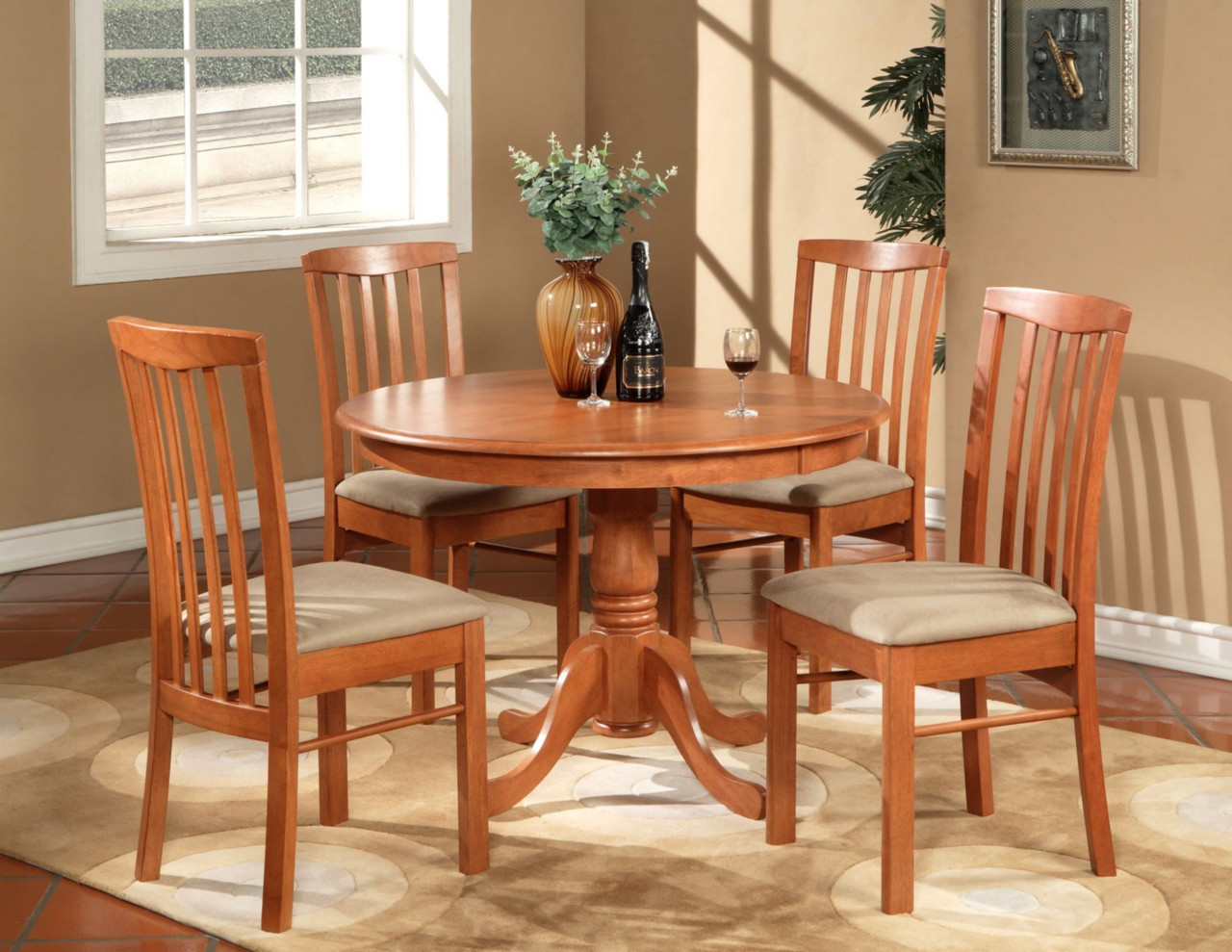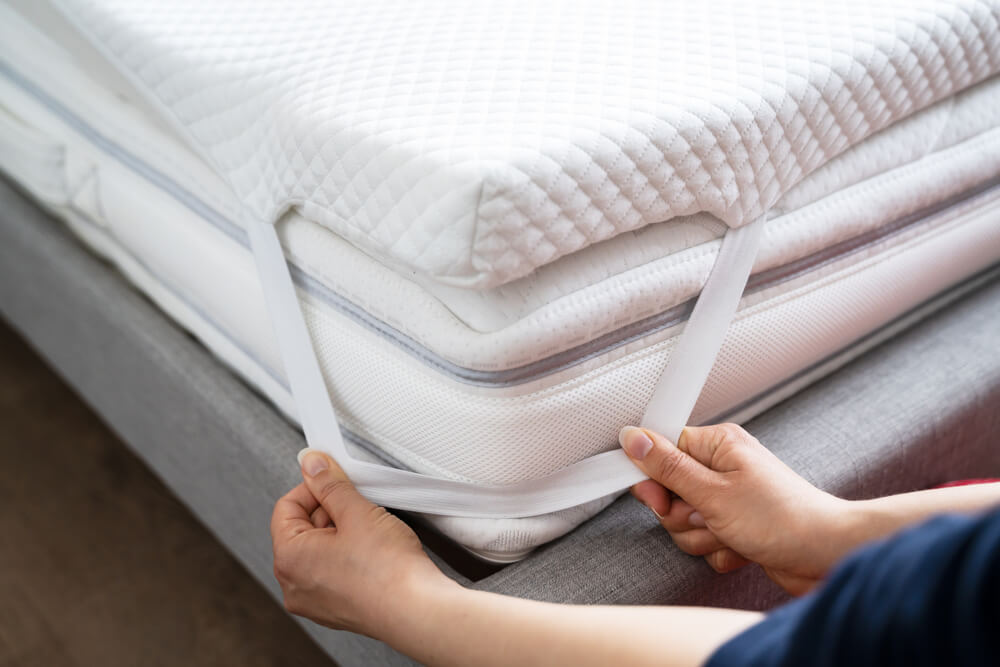If your kitchen sink has suddenly lost water pressure, the first thing you should check is the water supply valve. This valve controls the flow of water into your sink, and if it is partially or fully closed, it can greatly reduce the water pressure. Make sure the valve is fully open by turning it counterclockwise. If the valve is already fully open, you may need to replace it if it is faulty or damaged.Check the water supply valve
The aerator is a small mesh screen that is attached to the end of your faucet. Over time, it can become clogged with mineral deposits or debris, which can greatly reduce water pressure. To inspect the aerator, unscrew it from the faucet and clean it with a mixture of vinegar and water. If the aerator is damaged, you may need to replace it.Inspect the aerator
If the aerator is not the issue, the problem may be a clog in the faucet itself. This can happen if debris or mineral buildup gets stuck in the internal components of the faucet. To check for a clog, you will need to disassemble the faucet and clean out any buildup. This may require some basic plumbing knowledge, so it may be best to call a professional if you are not confident in your abilities.Check for clogs in the faucet
The water pressure regulator is a device that is responsible for maintaining a consistent water pressure in your home. If this device is malfunctioning, it can cause a decrease in water pressure. You can check the pressure regulator by using a pressure gauge on your main water line. If the pressure is lower than 40-60 psi, you may need to replace the regulator.Inspect the water pressure regulator
Leaks in your water pipes can also lead to a loss of water pressure. To check for leaks, turn off all water sources in your home and then check your water meter. If the meter is still moving, it is a sign that there is a leak somewhere in your pipes. You may need to call a plumber to locate and fix the leak.Check for leaks in the pipes
If you have a well system, your water pressure may be affected by the water pump. If the pump is not working properly, it can lead to a decrease in water pressure. Check the pump for any signs of damage or malfunction, and if necessary, call a professional to repair or replace it.Inspect the water pump
Air in your pipes can also cause a decrease in water pressure. This can happen if there is a leak in the pipes or if the pipes have not been used for a long time. To get rid of air in the pipes, turn on all the faucets in your home and let the water run for a few minutes. This should push the air out and restore your water pressure.Check for air in the pipes
If your kitchen sink is the only source of low water pressure in your home, the problem may be with your water heater. Sediment and mineral buildup in the tank can lead to a decrease in water pressure. To fix this, you will need to drain and flush your water heater. If the issue persists, you may need to replace the water heater altogether.Inspect the water heater
If none of the above solutions have worked, the issue may lie in the main water line. Blockages in the main water line can greatly reduce water pressure. You will need to call a plumber to locate and remove the blockage.Check for blockages in the main water line
If you have a well system, your pressure tank may also be the cause of low water pressure. A malfunctioning pressure tank can result in a decrease in water pressure. Check the tank for any signs of damage or malfunction, and if necessary, call a professional to repair or replace it. In conclusion, a loss of water pressure in your kitchen sink can be a frustrating and inconvenient problem. However, with these 10 tips, you can easily identify and fix the issue, restoring your water pressure to its normal level.Inspect the pressure tank
The Importance of Water Pressure in Kitchen Sinks

Understanding the Impact of Low Water Pressure
 Water pressure is an essential component of any functioning kitchen sink.
It allows for a steady stream of water to flow through the faucet, making it easier to wash dishes, prepare food, and perform other daily tasks. However, when the water pressure in the kitchen sink drops, it can be quite frustrating and even disrupt daily routines.
Low water pressure can be caused by a variety of factors, including clogged pipes, faulty fixtures, or a problem with the water supply.
Regardless of the cause, it is important to address the issue promptly to avoid potential damage and inconvenience.
Water pressure is an essential component of any functioning kitchen sink.
It allows for a steady stream of water to flow through the faucet, making it easier to wash dishes, prepare food, and perform other daily tasks. However, when the water pressure in the kitchen sink drops, it can be quite frustrating and even disrupt daily routines.
Low water pressure can be caused by a variety of factors, including clogged pipes, faulty fixtures, or a problem with the water supply.
Regardless of the cause, it is important to address the issue promptly to avoid potential damage and inconvenience.
Causes of Low Water Pressure in Kitchen Sinks
 As mentioned, low water pressure in the kitchen sink can be caused by a variety of factors.
One of the most common causes is clogged pipes, which can occur due to the buildup of mineral deposits, debris, or other substances. This can restrict the flow of water and lead to a decrease in water pressure.
Faulty fixtures, such as a malfunctioning faucet or a worn-out aerator, can also contribute to low water pressure in the kitchen sink.
In some cases, the issue may be related to the water supply, such as a problem with the municipal water system or a water main break.
As mentioned, low water pressure in the kitchen sink can be caused by a variety of factors.
One of the most common causes is clogged pipes, which can occur due to the buildup of mineral deposits, debris, or other substances. This can restrict the flow of water and lead to a decrease in water pressure.
Faulty fixtures, such as a malfunctioning faucet or a worn-out aerator, can also contribute to low water pressure in the kitchen sink.
In some cases, the issue may be related to the water supply, such as a problem with the municipal water system or a water main break.
Addressing the Issue
 If you are experiencing low water pressure in your kitchen sink, it is important to address the issue as soon as possible.
First, check the aerator and faucet for any buildup or debris that may be causing the problem. If the issue persists, it may be necessary to call a plumber to inspect the pipes for clogs or other issues.
If the cause of the low water pressure is related to the water supply, it is important to contact your local water company for assistance.
They can provide information on any known issues and advise on the best course of action.
If you are experiencing low water pressure in your kitchen sink, it is important to address the issue as soon as possible.
First, check the aerator and faucet for any buildup or debris that may be causing the problem. If the issue persists, it may be necessary to call a plumber to inspect the pipes for clogs or other issues.
If the cause of the low water pressure is related to the water supply, it is important to contact your local water company for assistance.
They can provide information on any known issues and advise on the best course of action.
Preventing Low Water Pressure in the Future
:max_bytes(150000):strip_icc()/water-overflowing-in-kitchen-sink-200553937-001-5797e6335f9b58461f5a6736.jpg) To prevent low water pressure in your kitchen sink, regular maintenance is key.
This includes regularly cleaning the aerator and faucet to prevent buildup and checking for any leaks or other issues with the pipes. It is also important to monitor the water pressure and address any sudden changes or drops promptly.
If you have an older home or notice recurring issues with low water pressure, it may be beneficial to invest in a water pressure booster to ensure a steady flow of water in your kitchen sink.
To prevent low water pressure in your kitchen sink, regular maintenance is key.
This includes regularly cleaning the aerator and faucet to prevent buildup and checking for any leaks or other issues with the pipes. It is also important to monitor the water pressure and address any sudden changes or drops promptly.
If you have an older home or notice recurring issues with low water pressure, it may be beneficial to invest in a water pressure booster to ensure a steady flow of water in your kitchen sink.
In Conclusion
 Water pressure is a crucial aspect of any functioning kitchen sink.
If you are experiencing low water pressure, it is important to address the issue promptly to avoid inconvenience and potential damage. By understanding the causes of low water pressure and taking preventative measures, you can maintain a steady flow of water in your kitchen sink and ensure a smooth daily routine.
Water pressure is a crucial aspect of any functioning kitchen sink.
If you are experiencing low water pressure, it is important to address the issue promptly to avoid inconvenience and potential damage. By understanding the causes of low water pressure and taking preventative measures, you can maintain a steady flow of water in your kitchen sink and ensure a smooth daily routine.
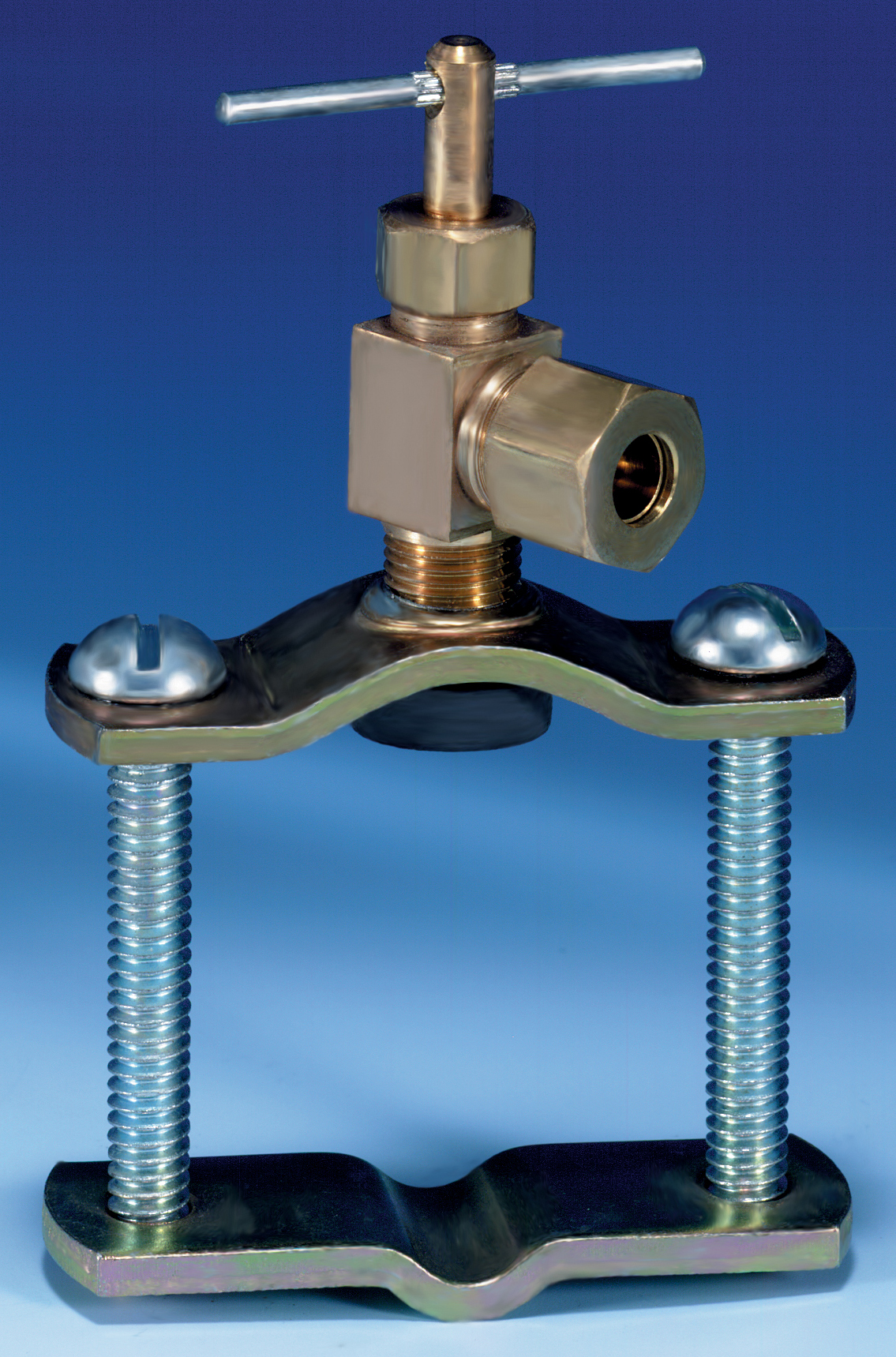
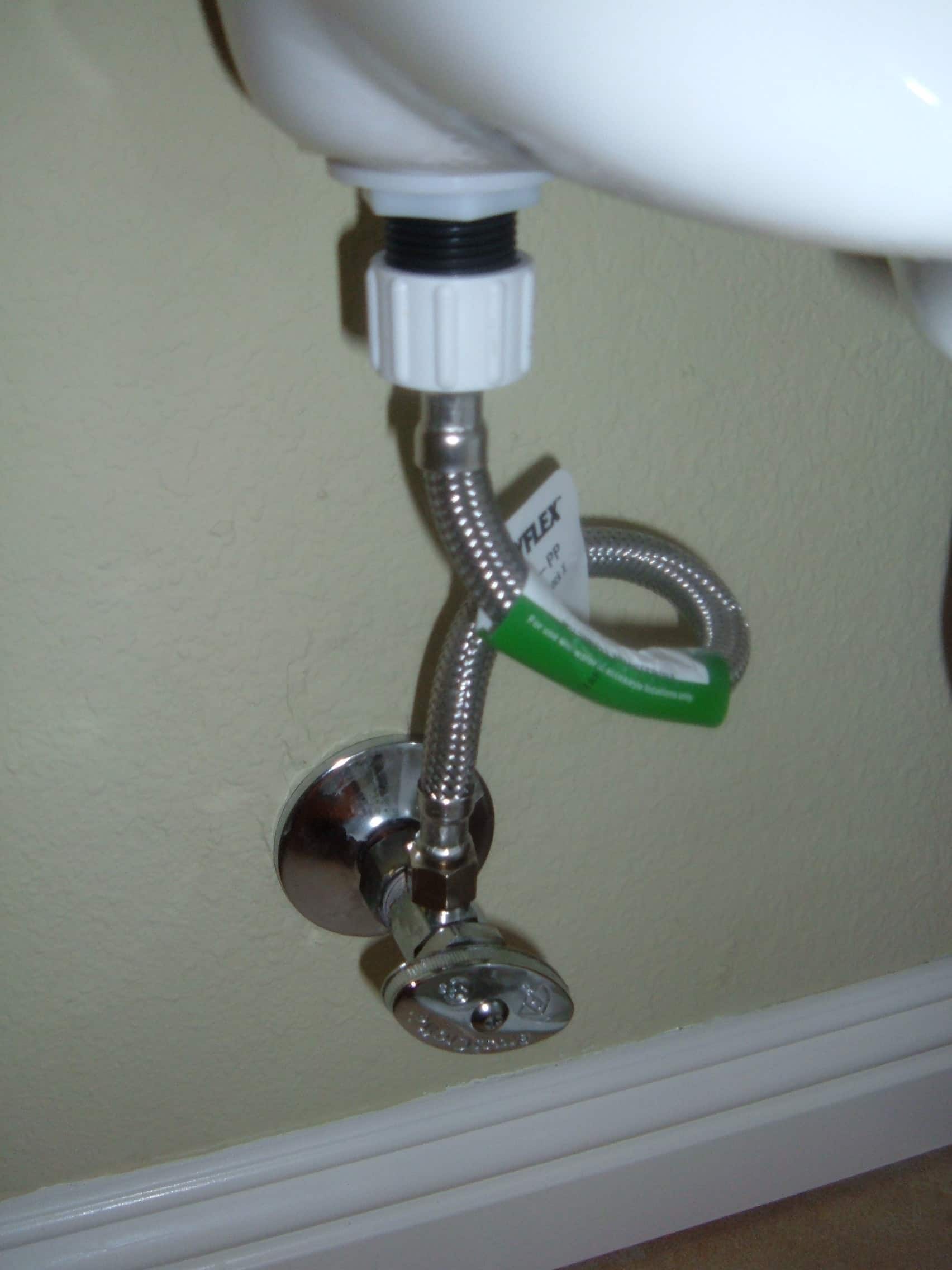




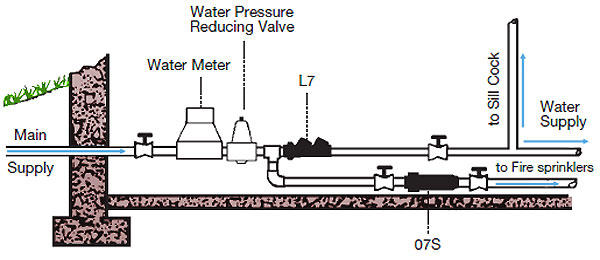




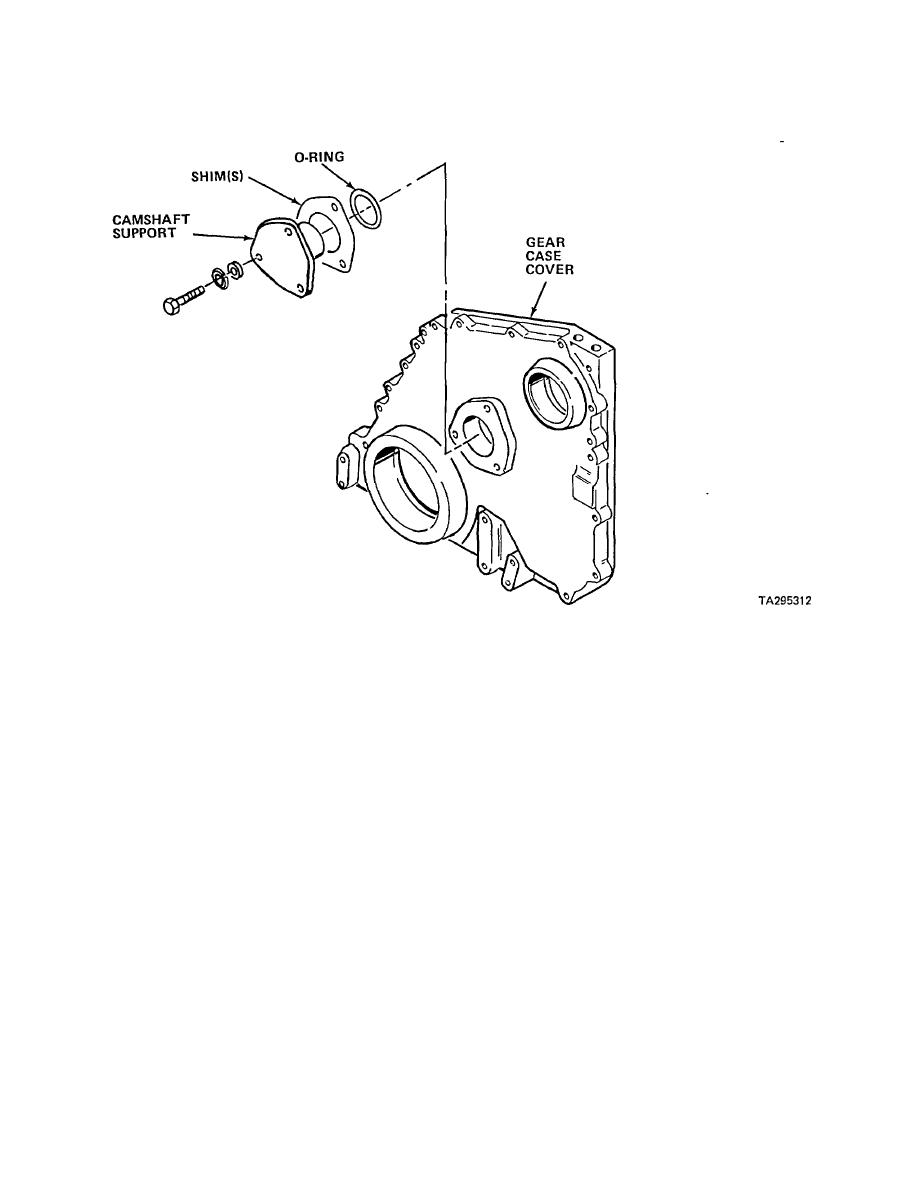






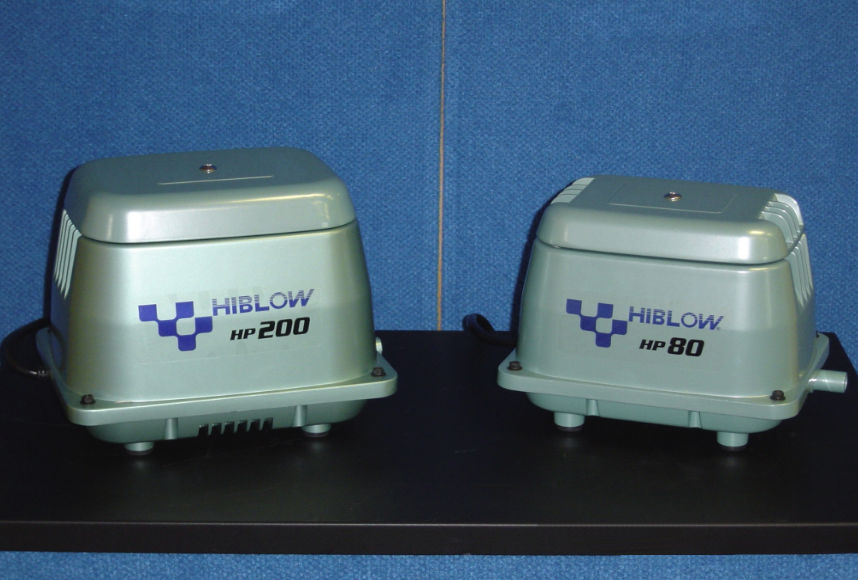
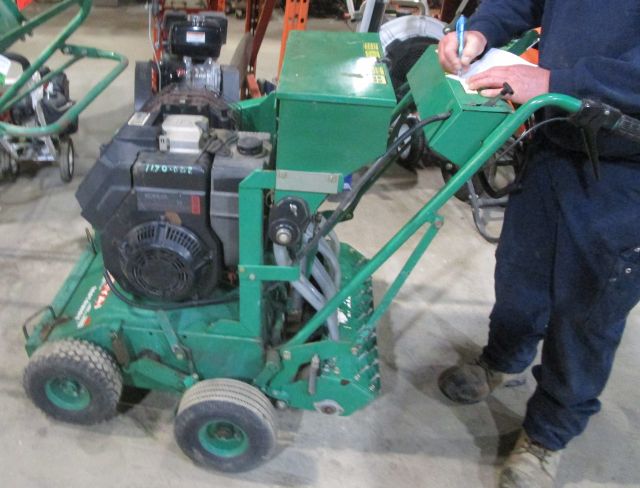






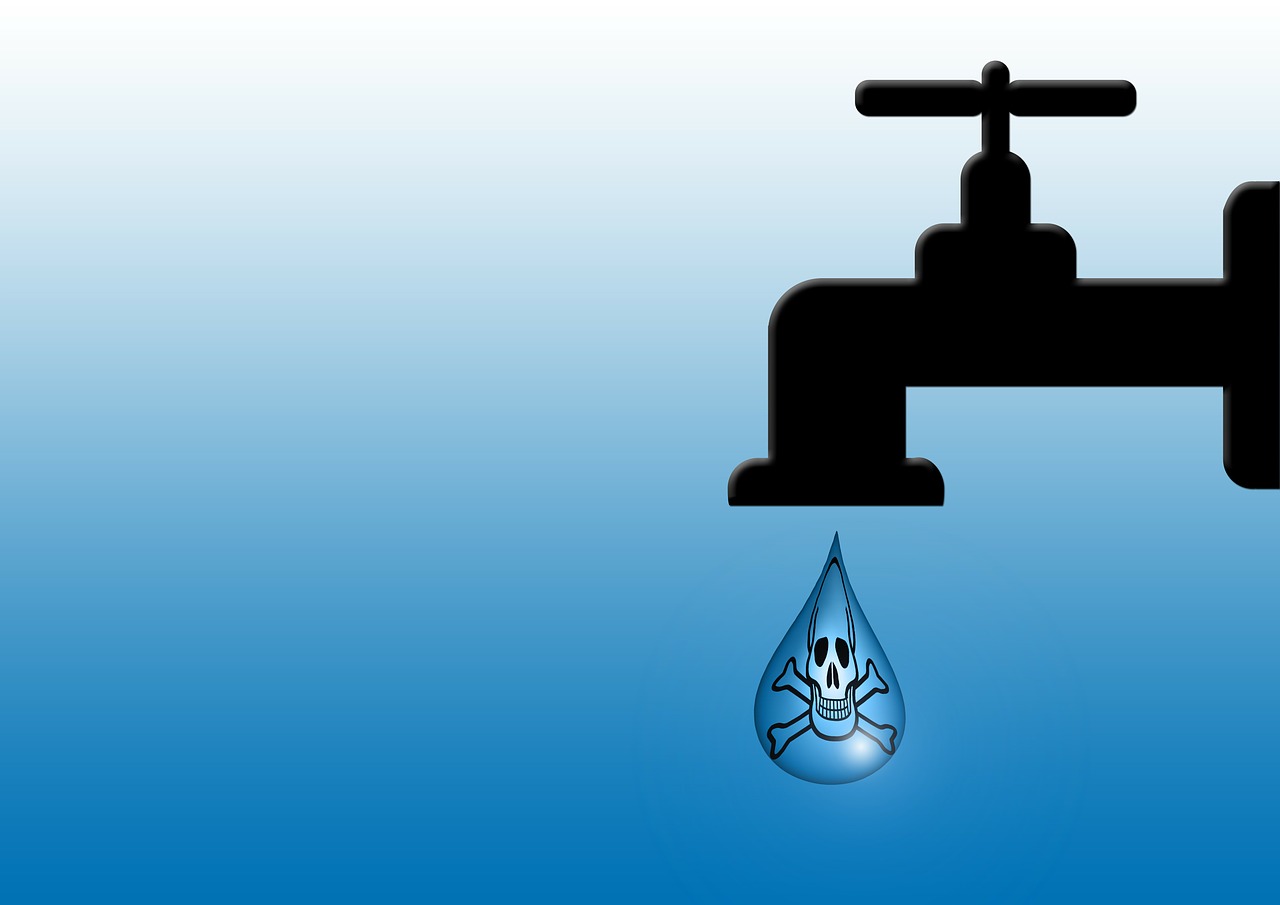


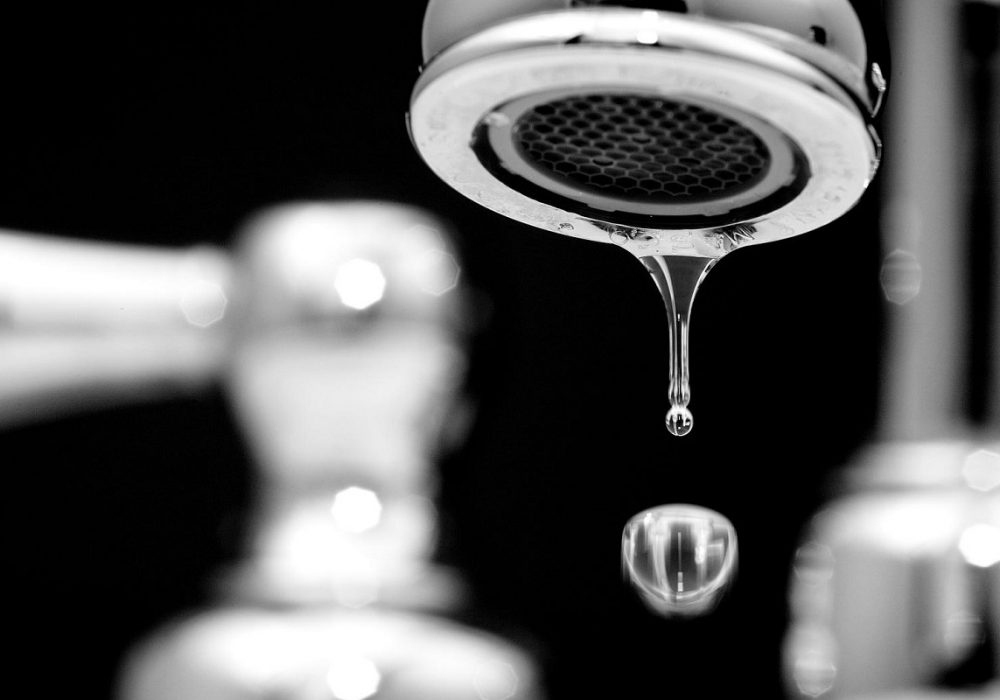


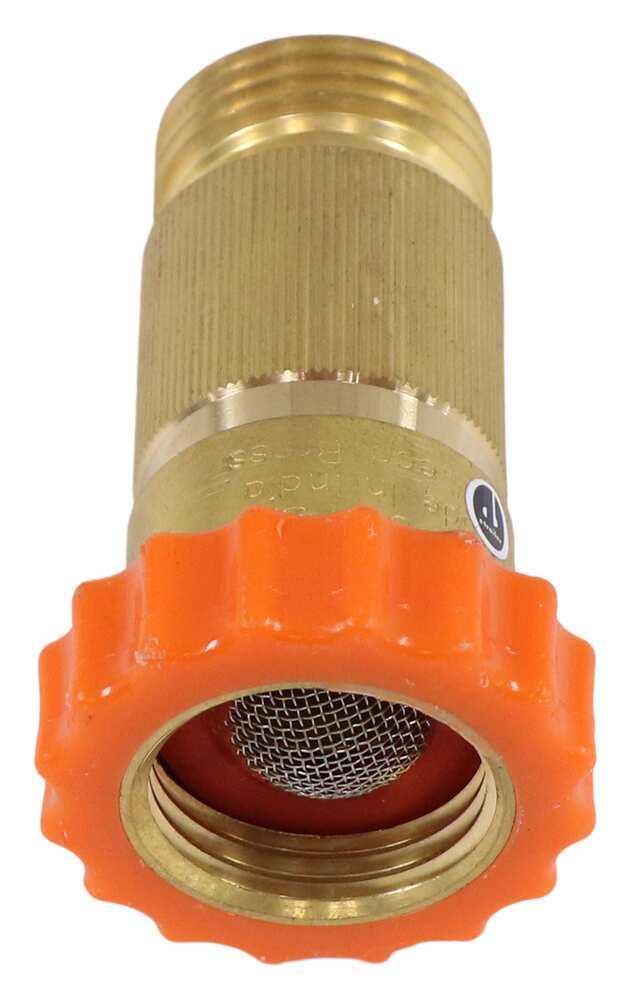
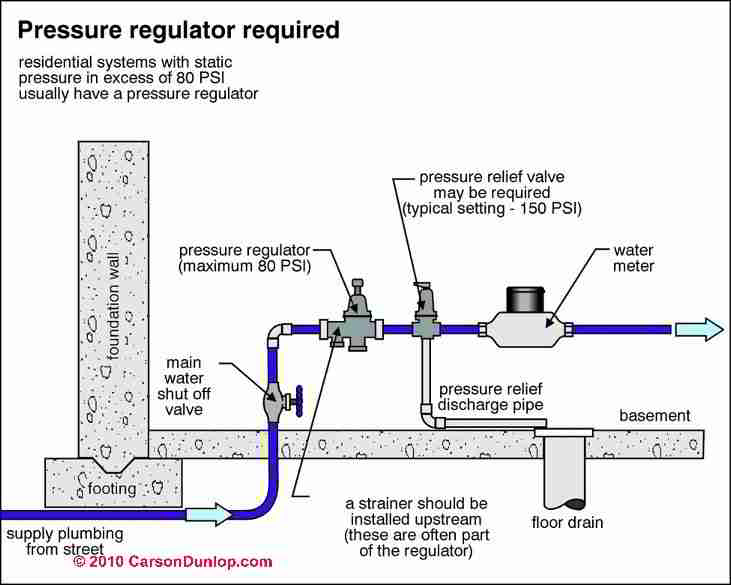


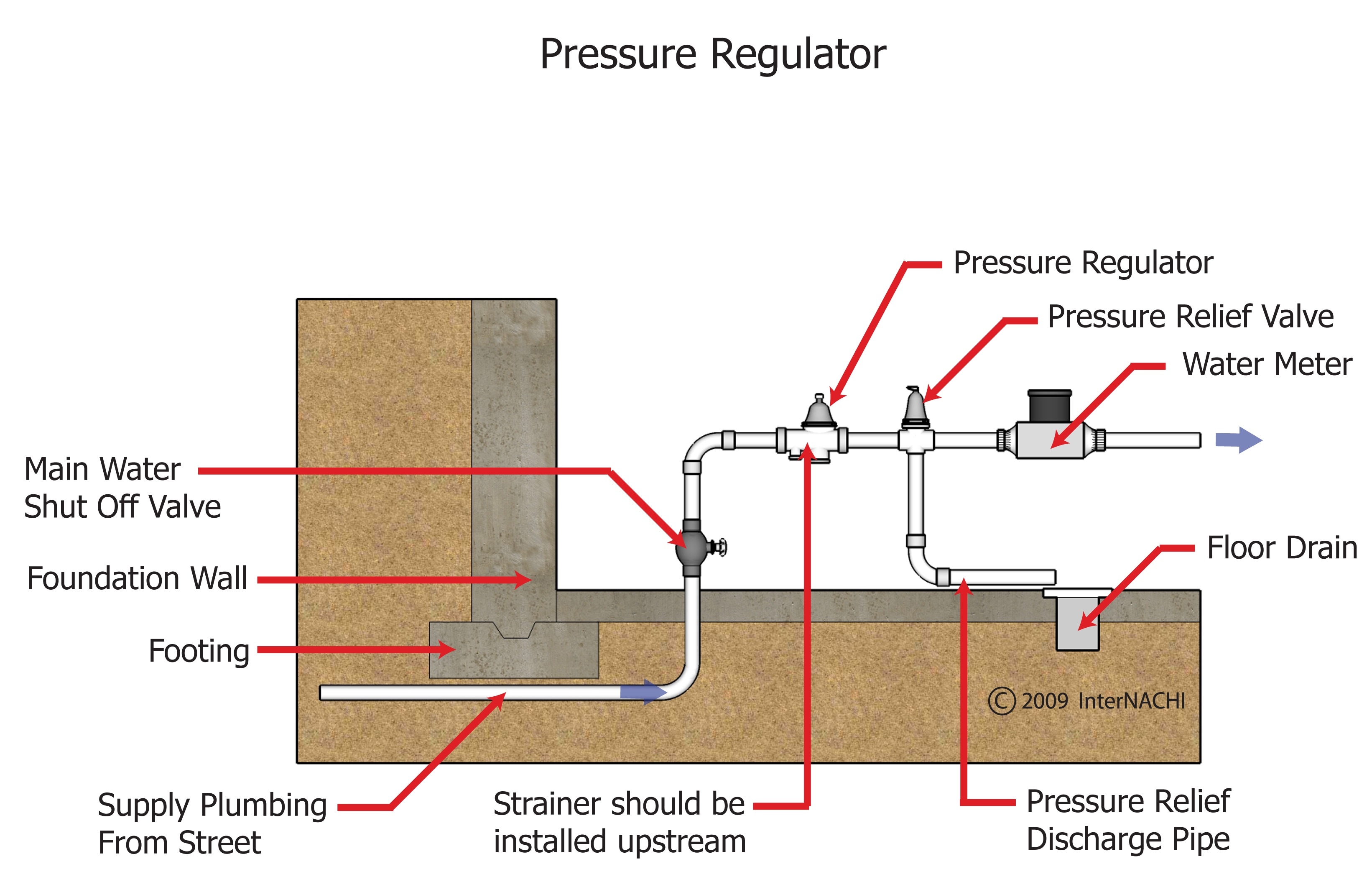
:max_bytes(150000):strip_icc()/Water-pressure-regulator-2718696_color-8cb88034226e4c43aae61588c648e23f.jpg)






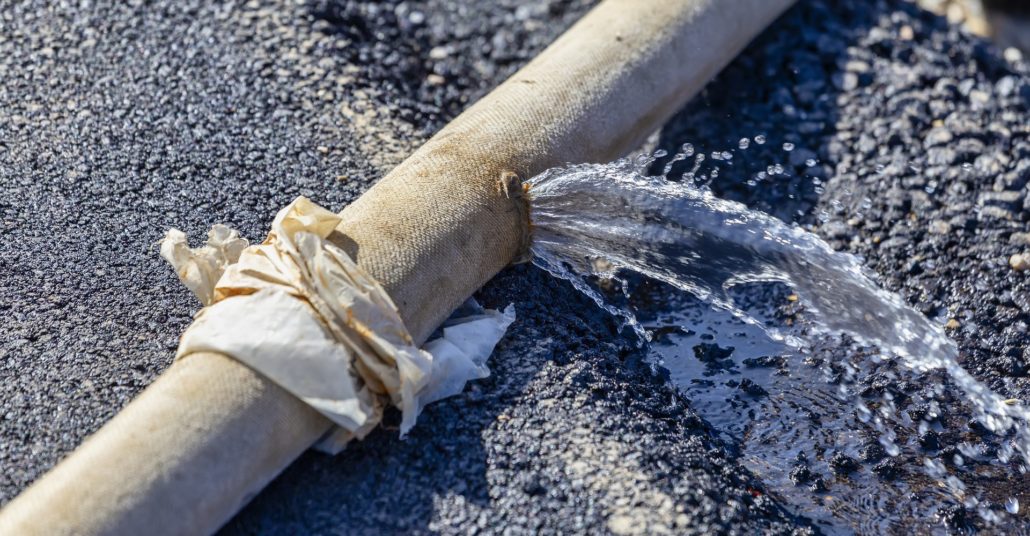



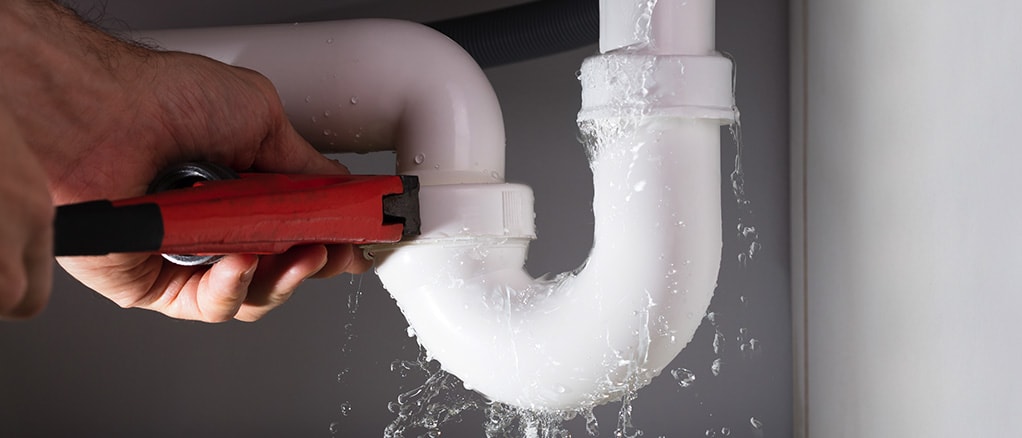

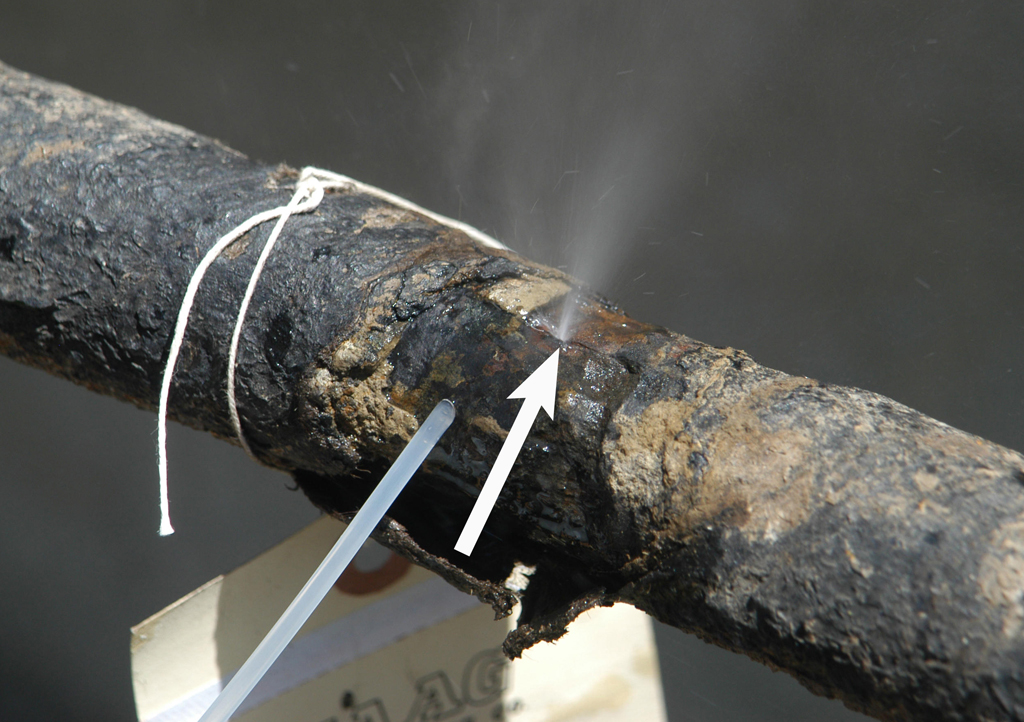


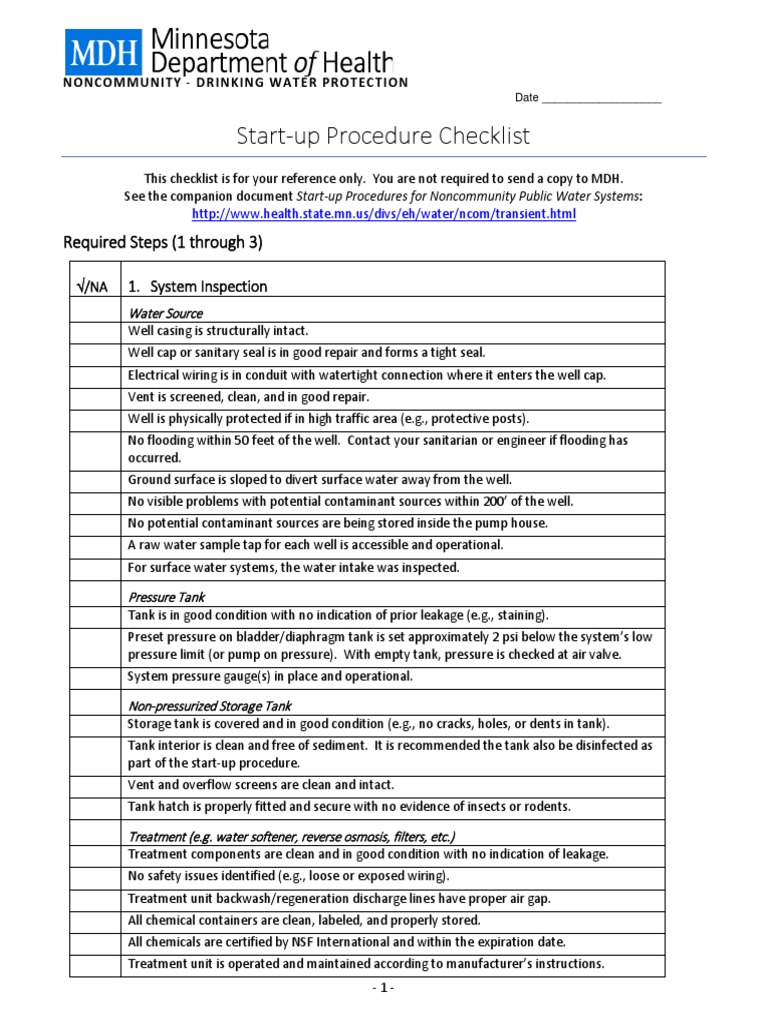





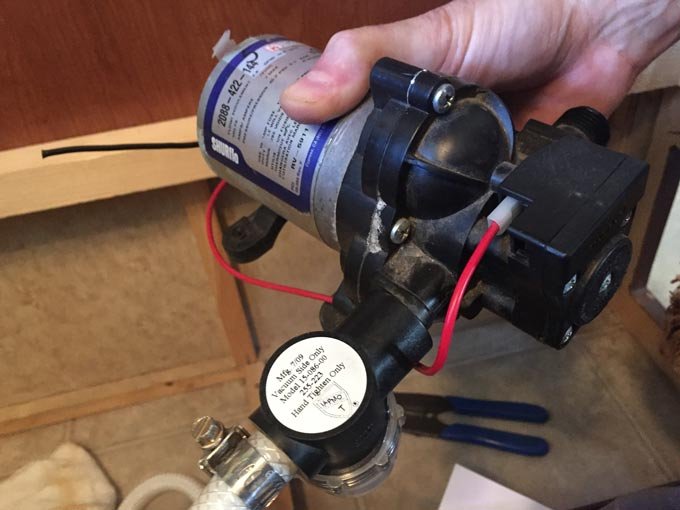



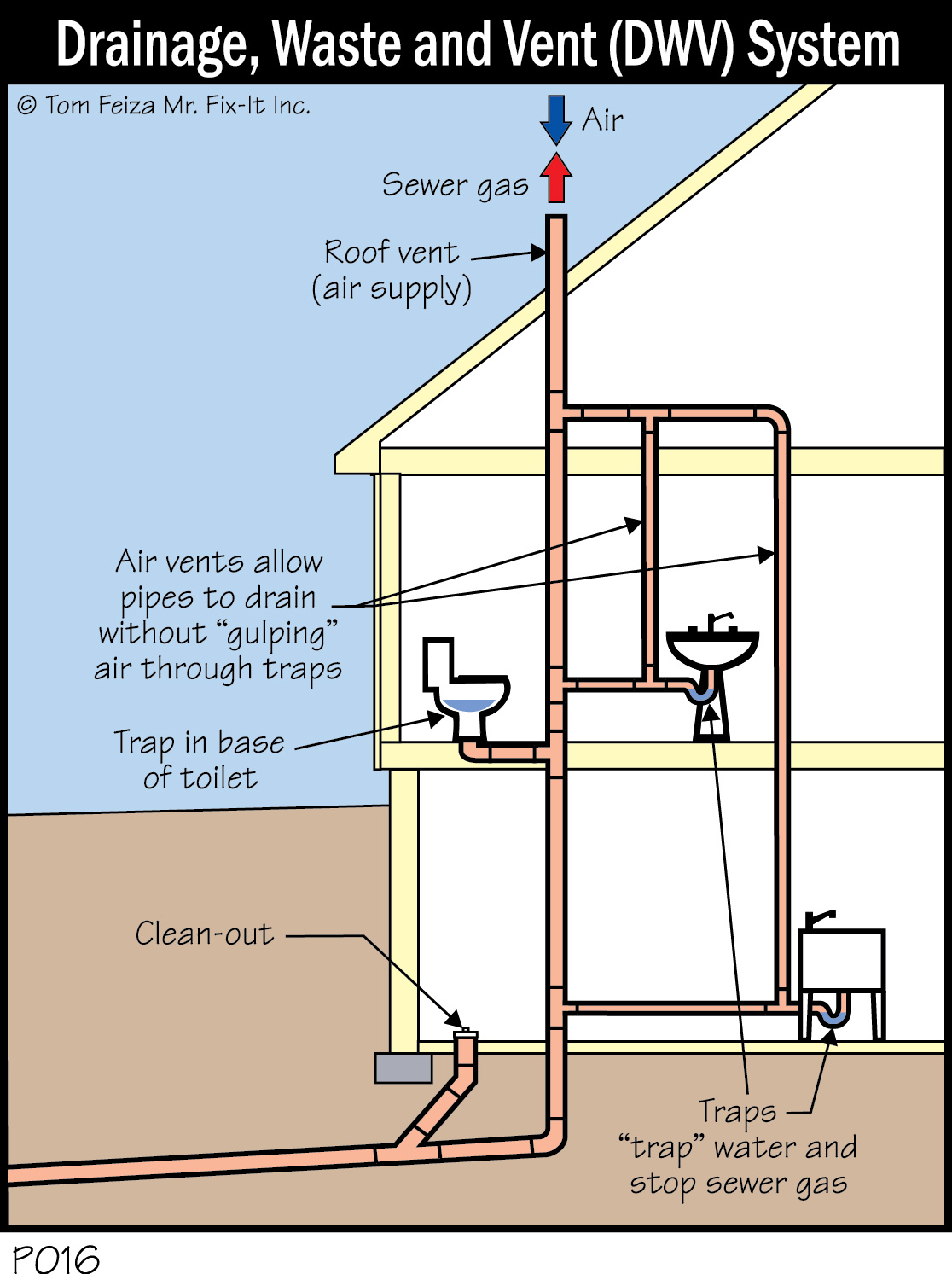


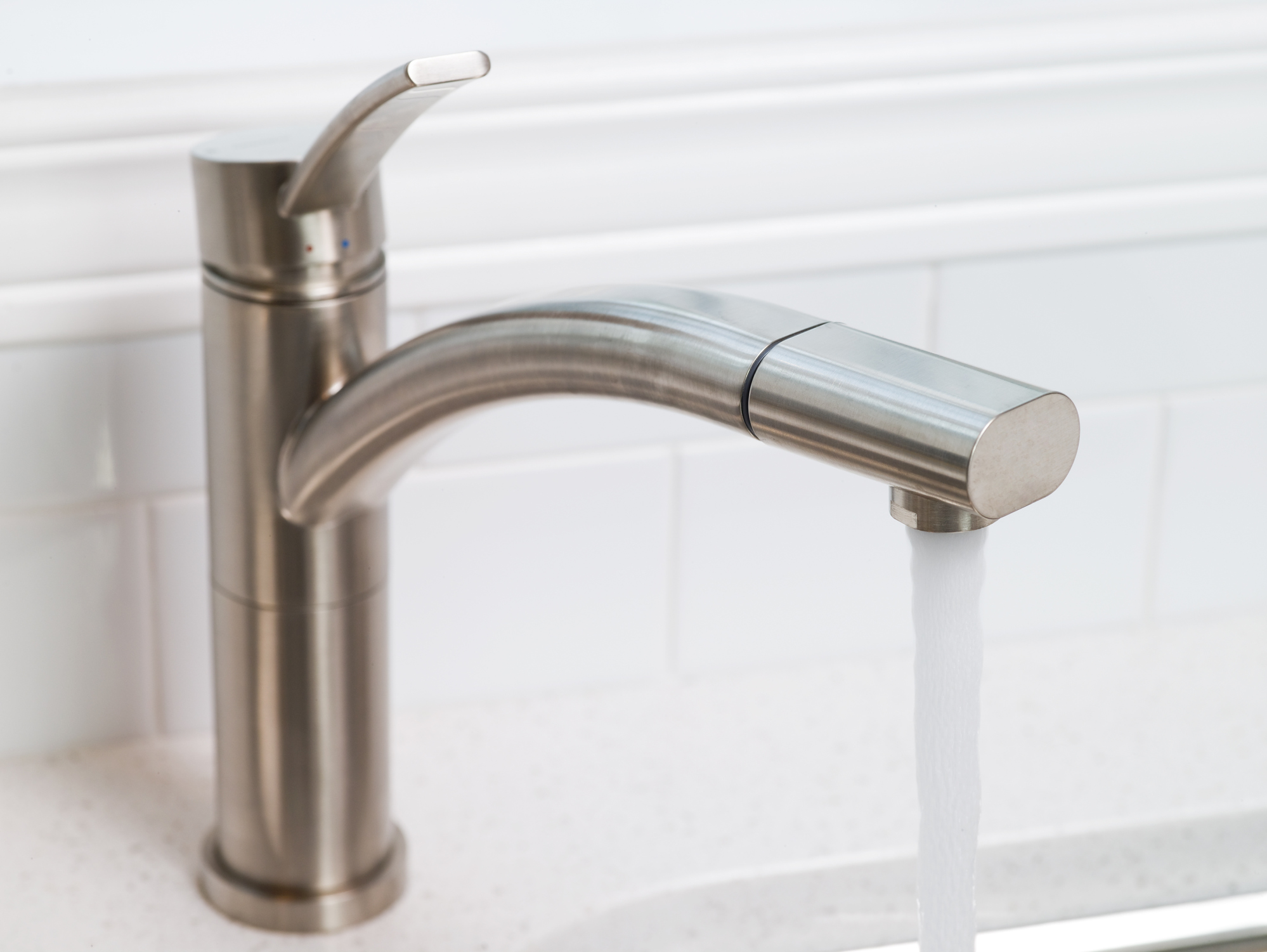
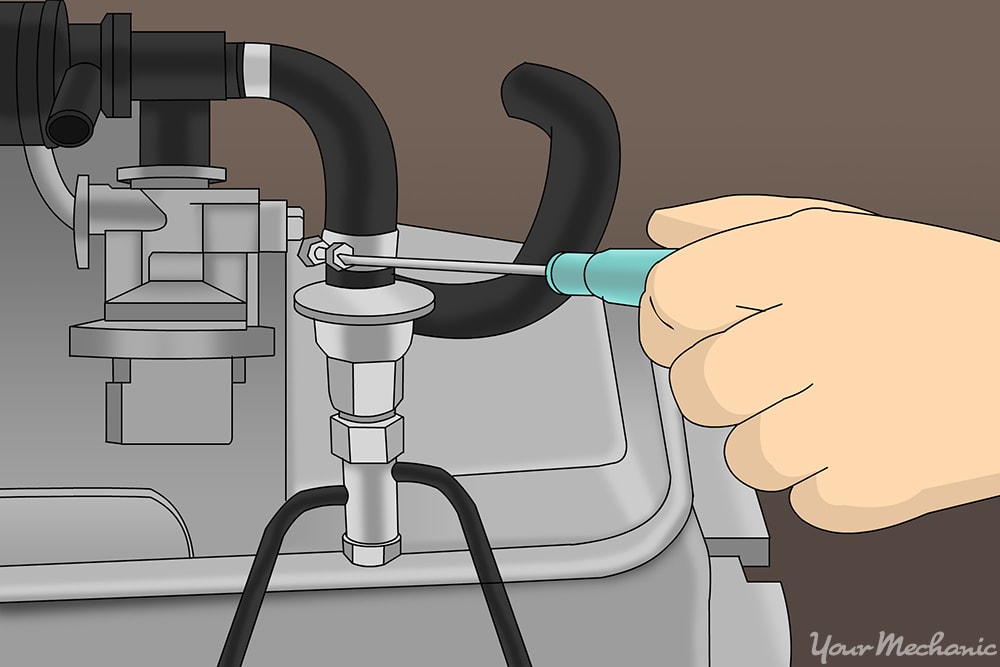
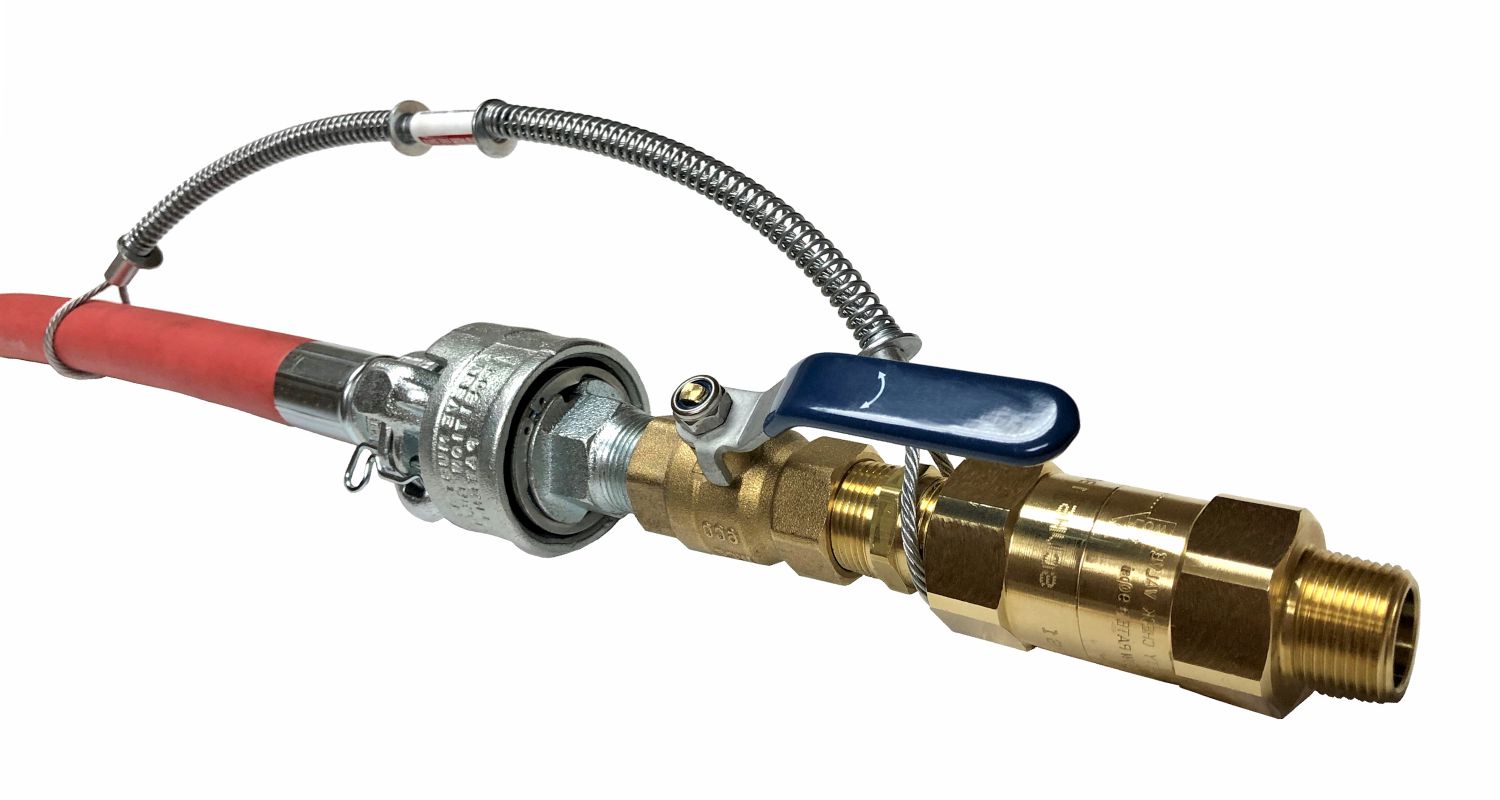


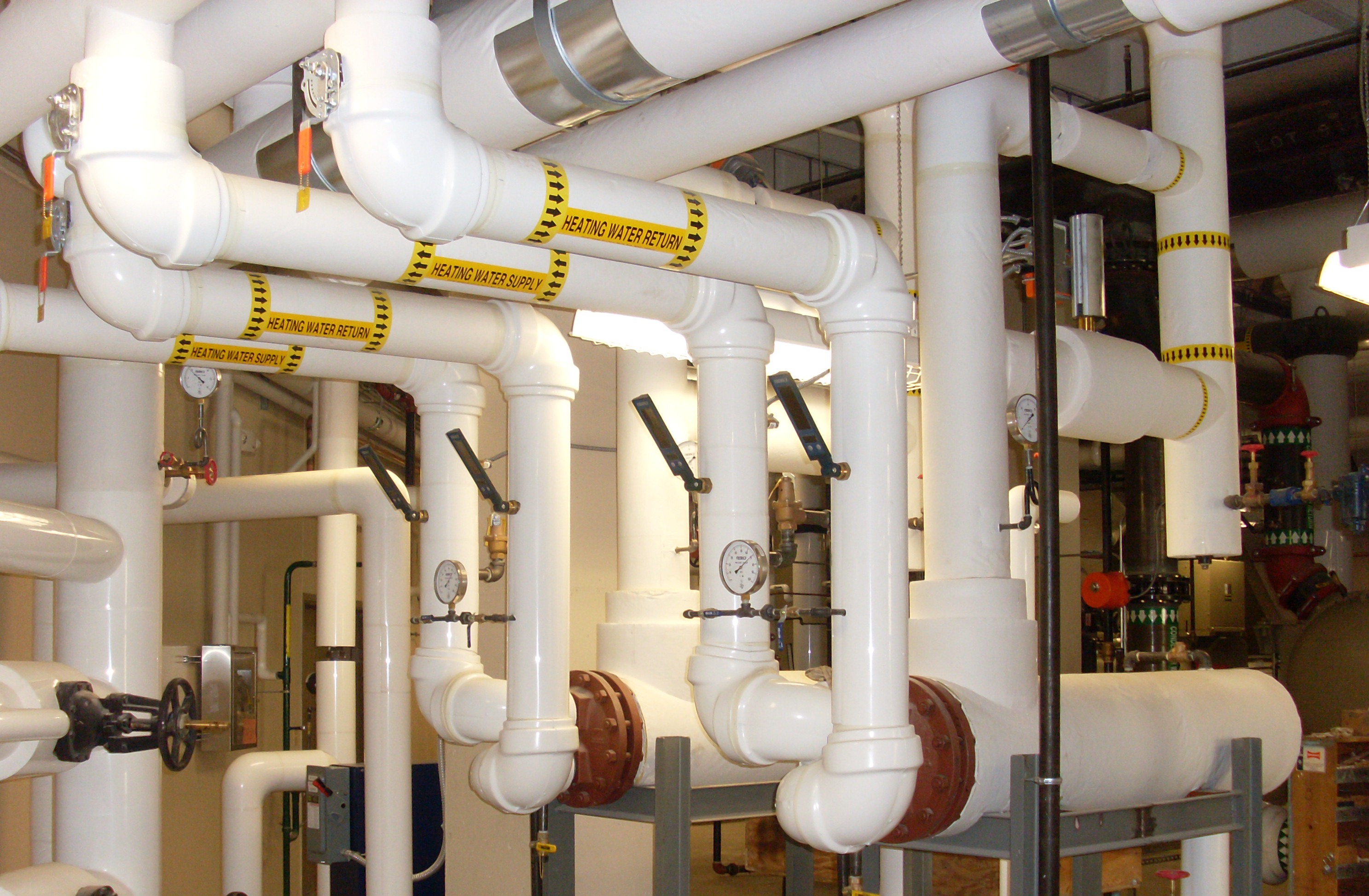


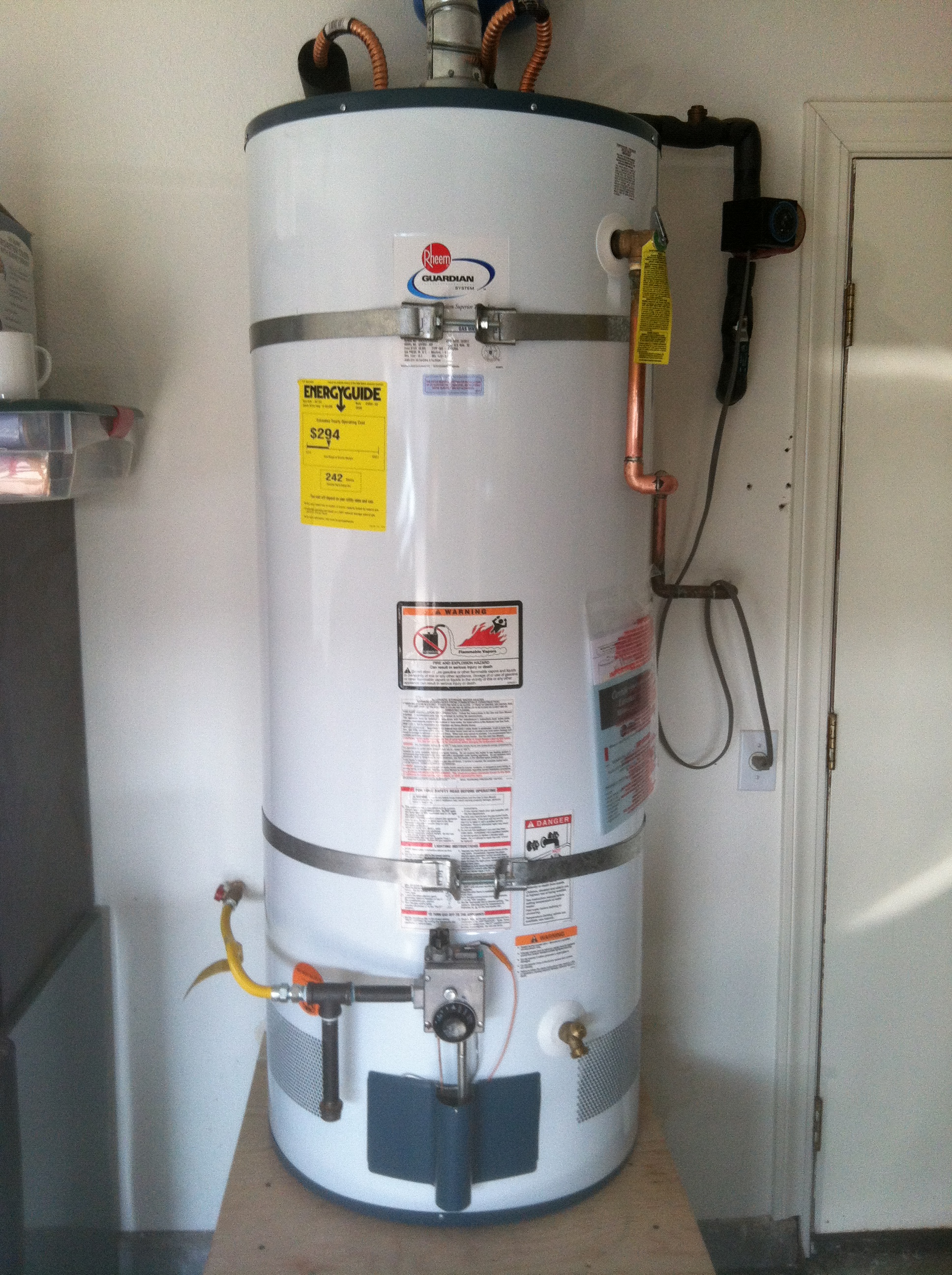
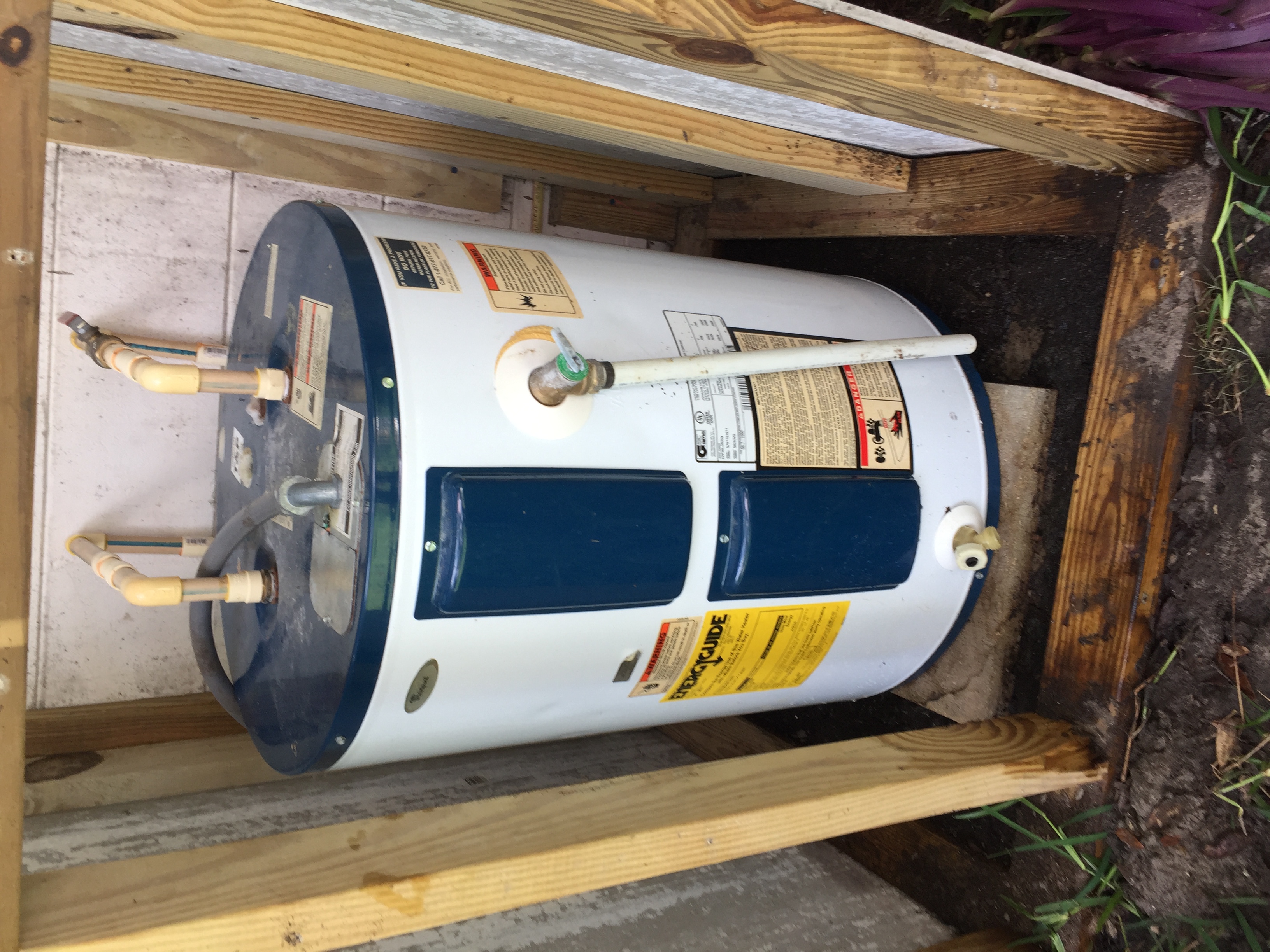

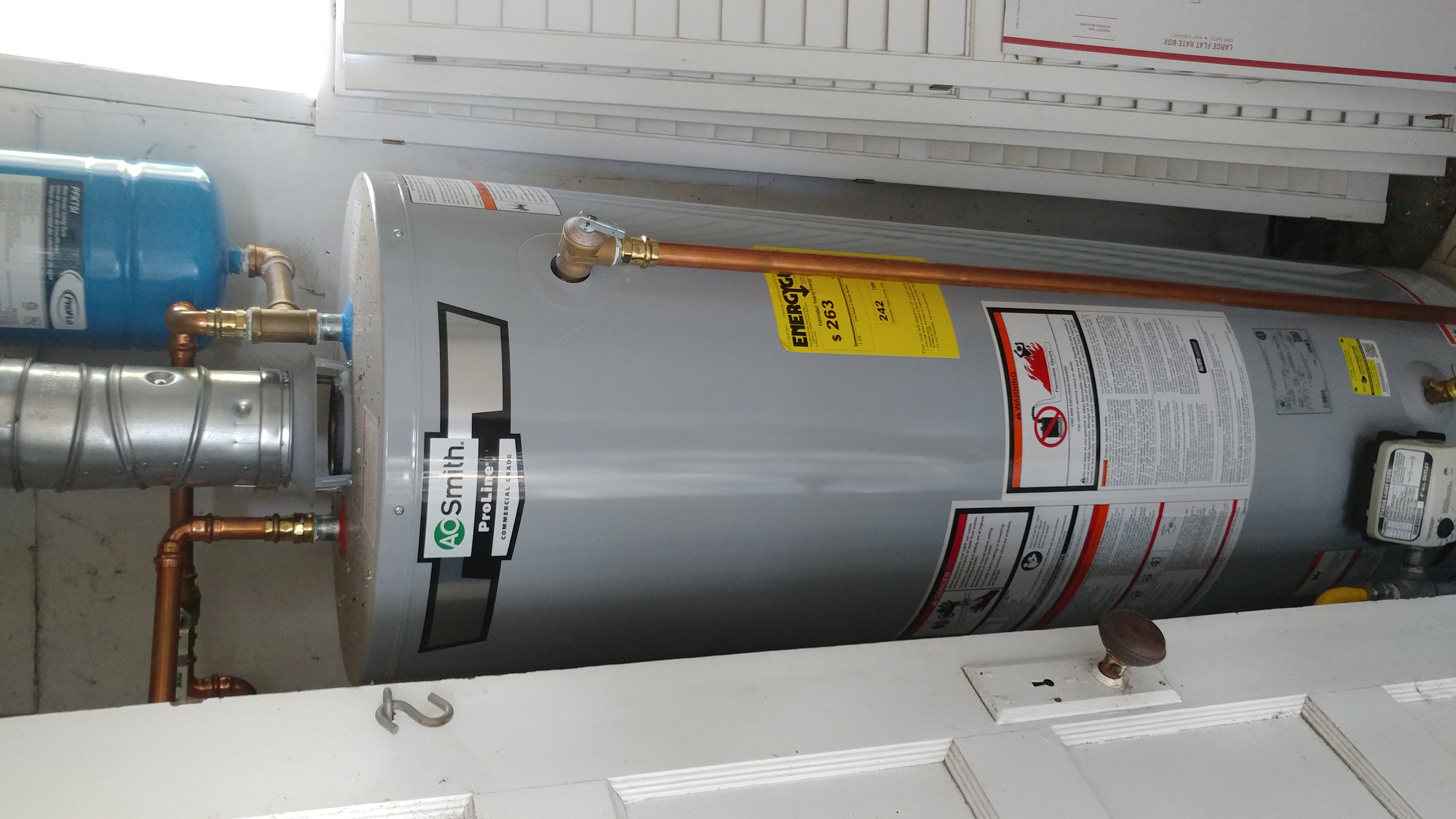




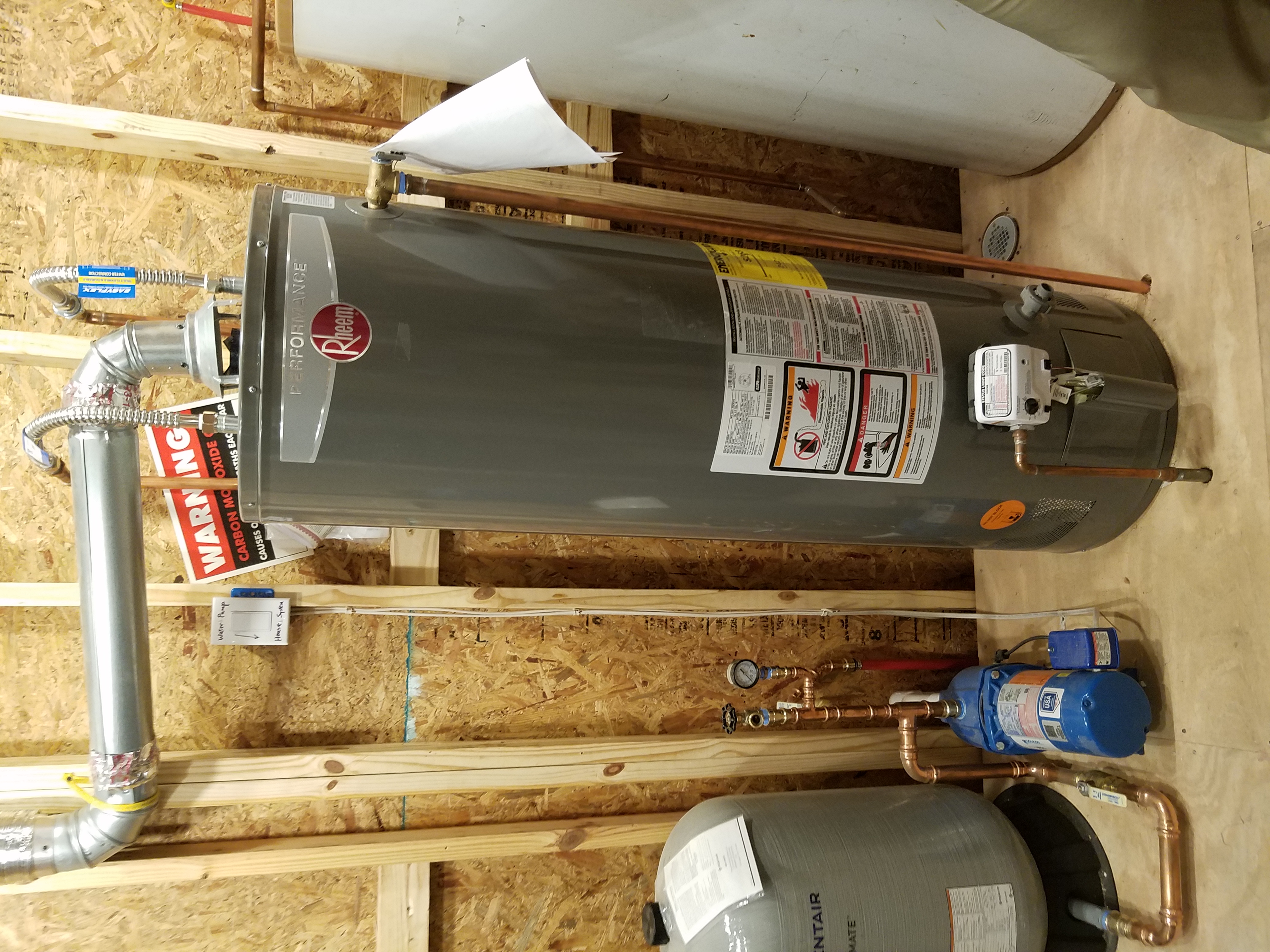
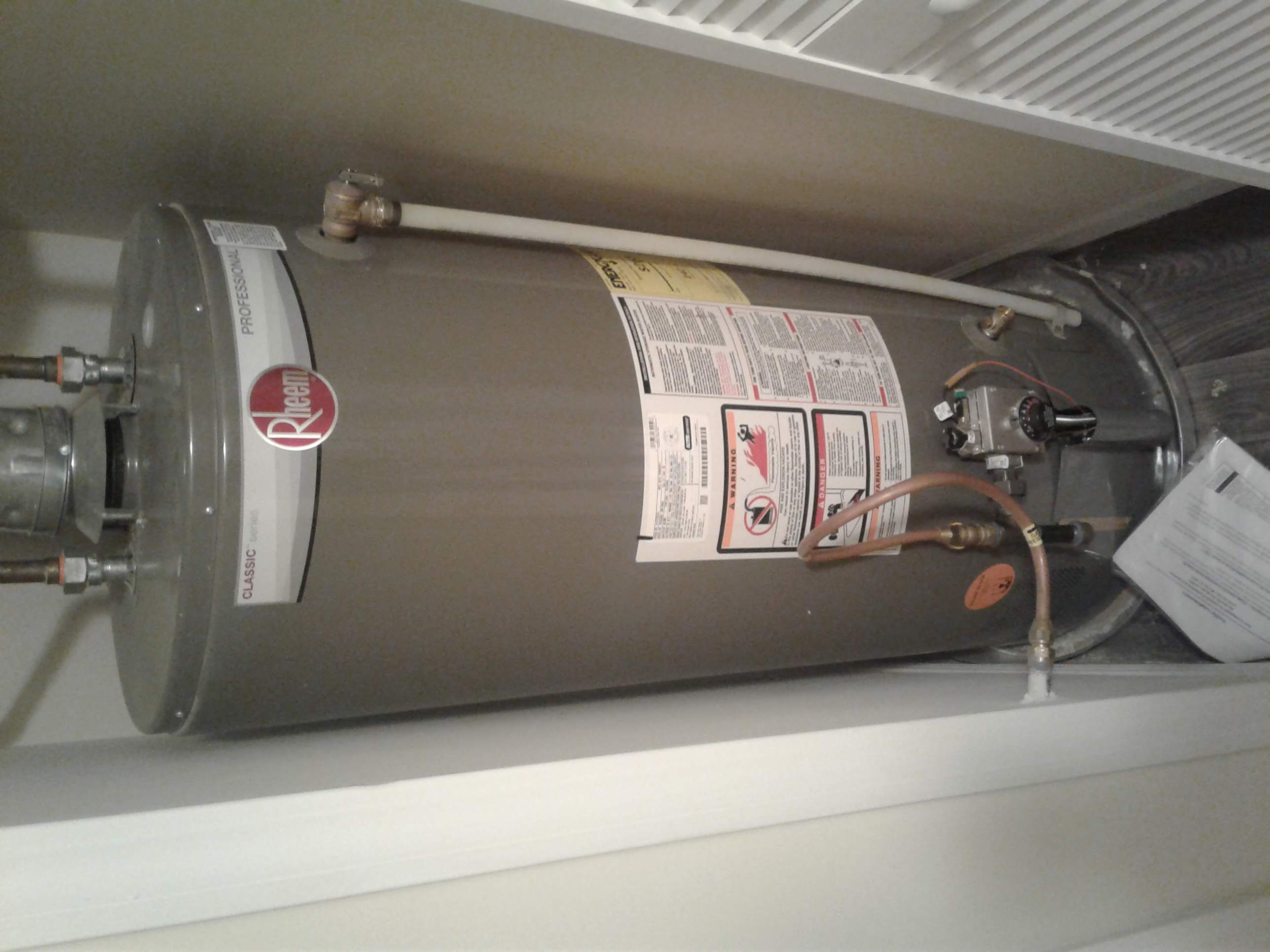
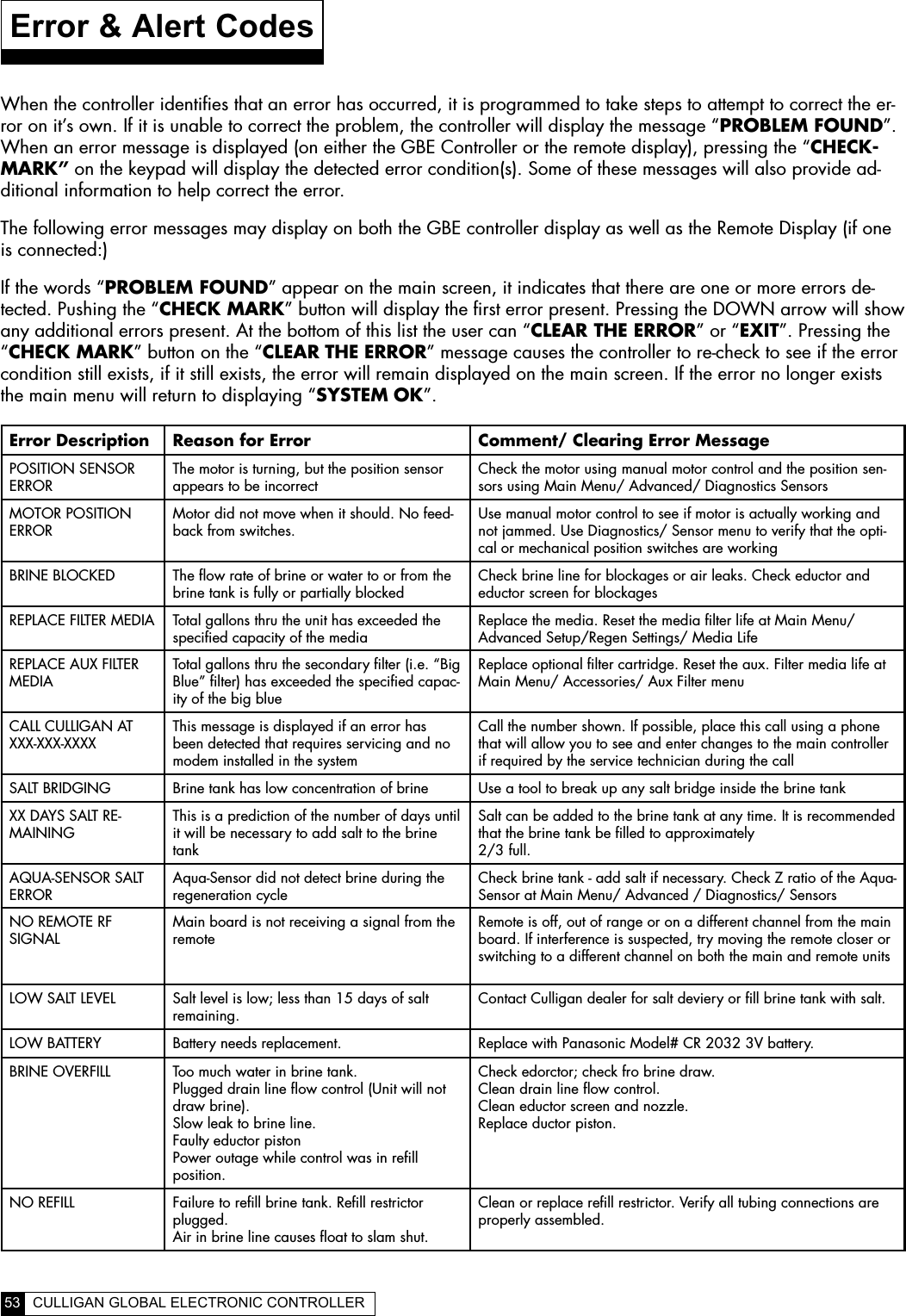

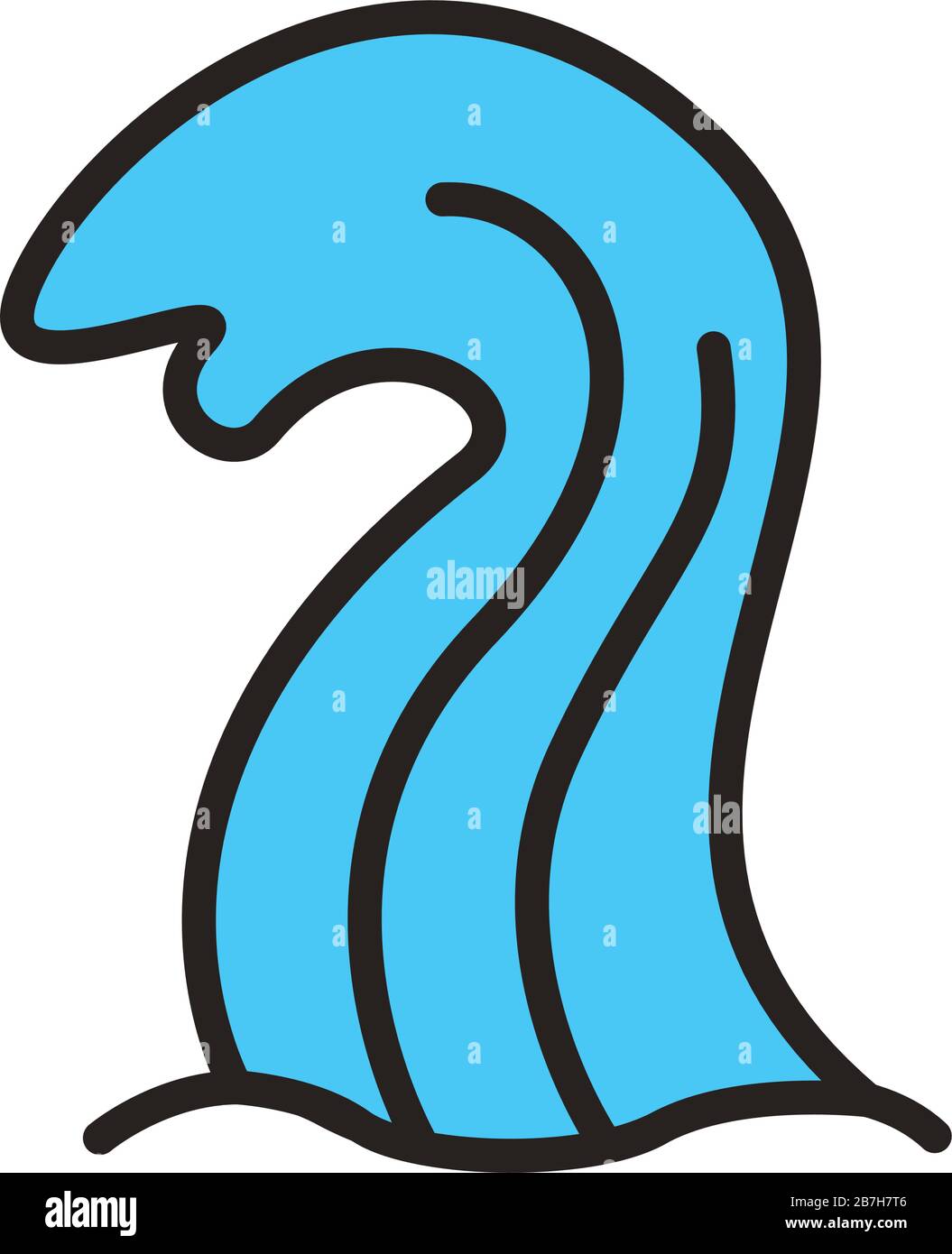

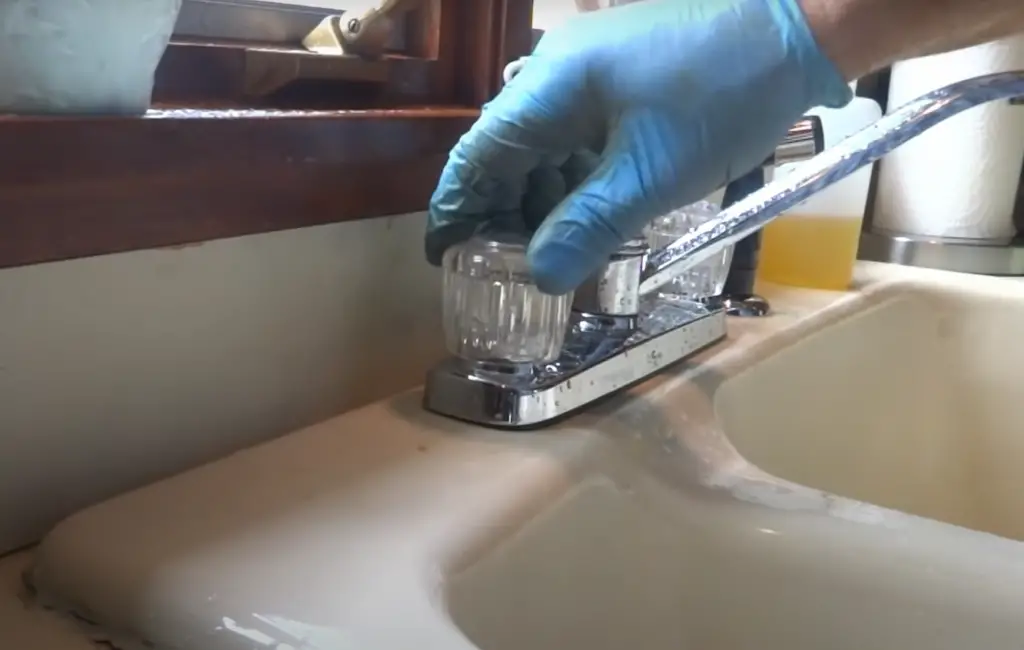


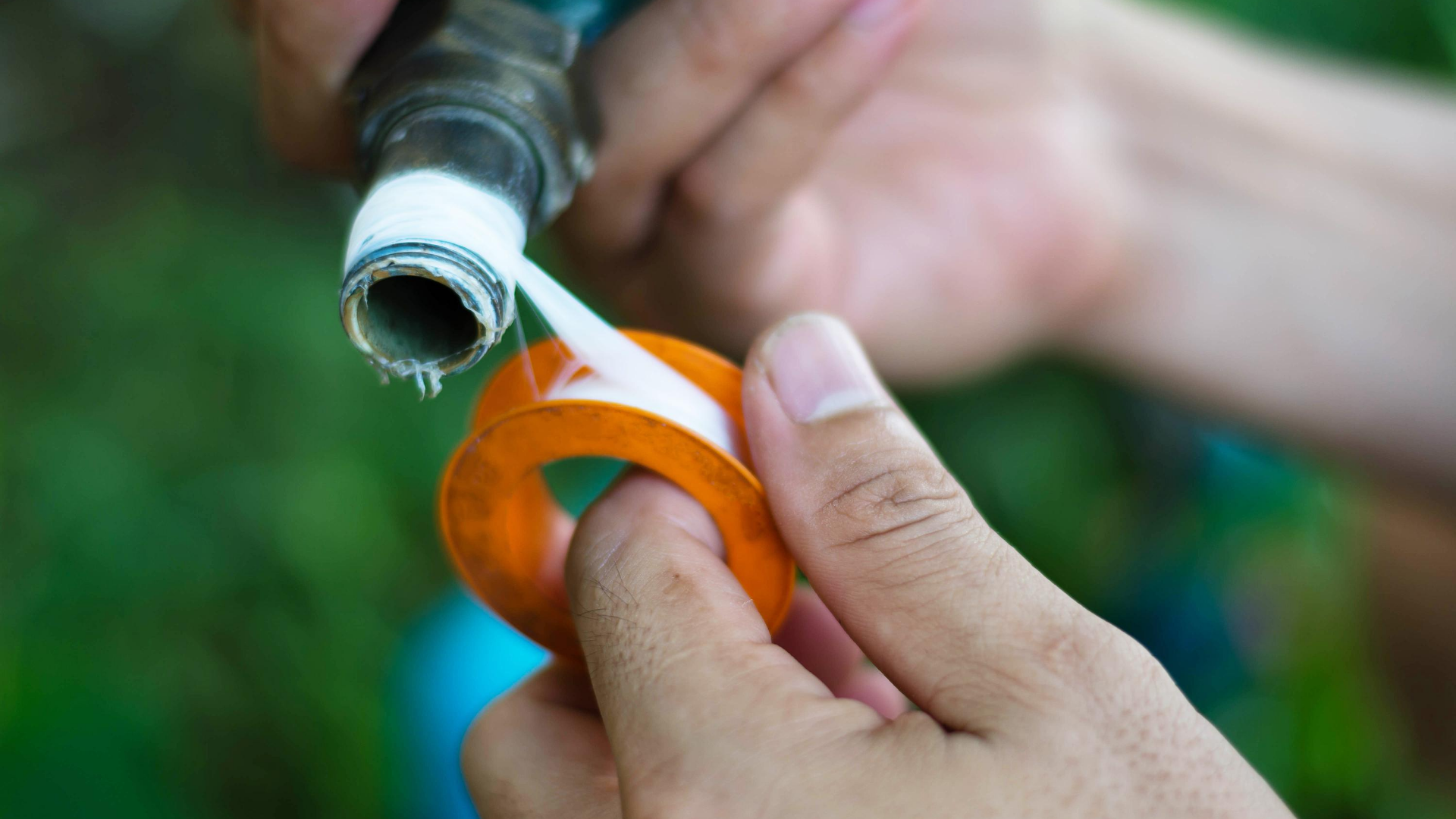


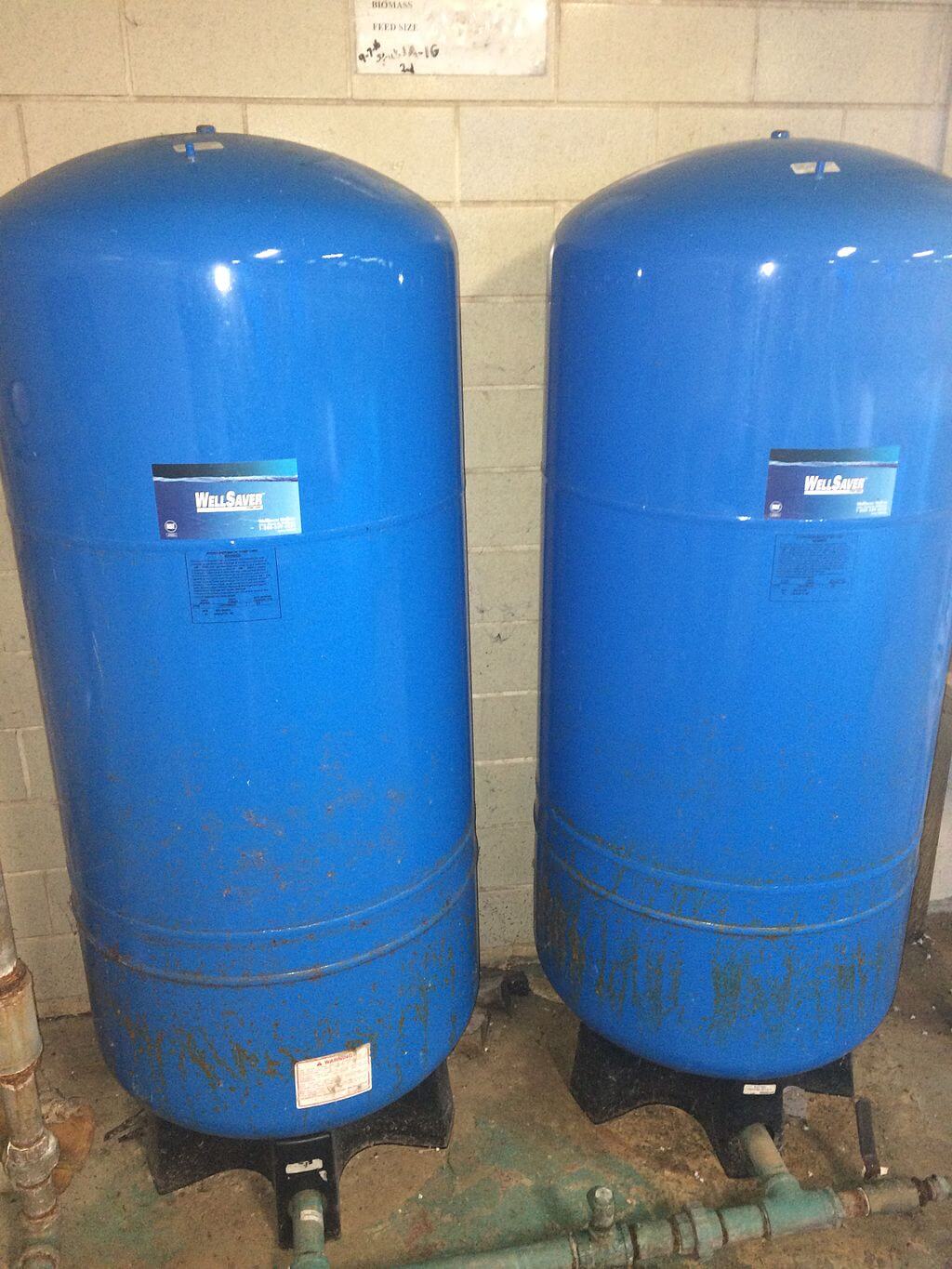

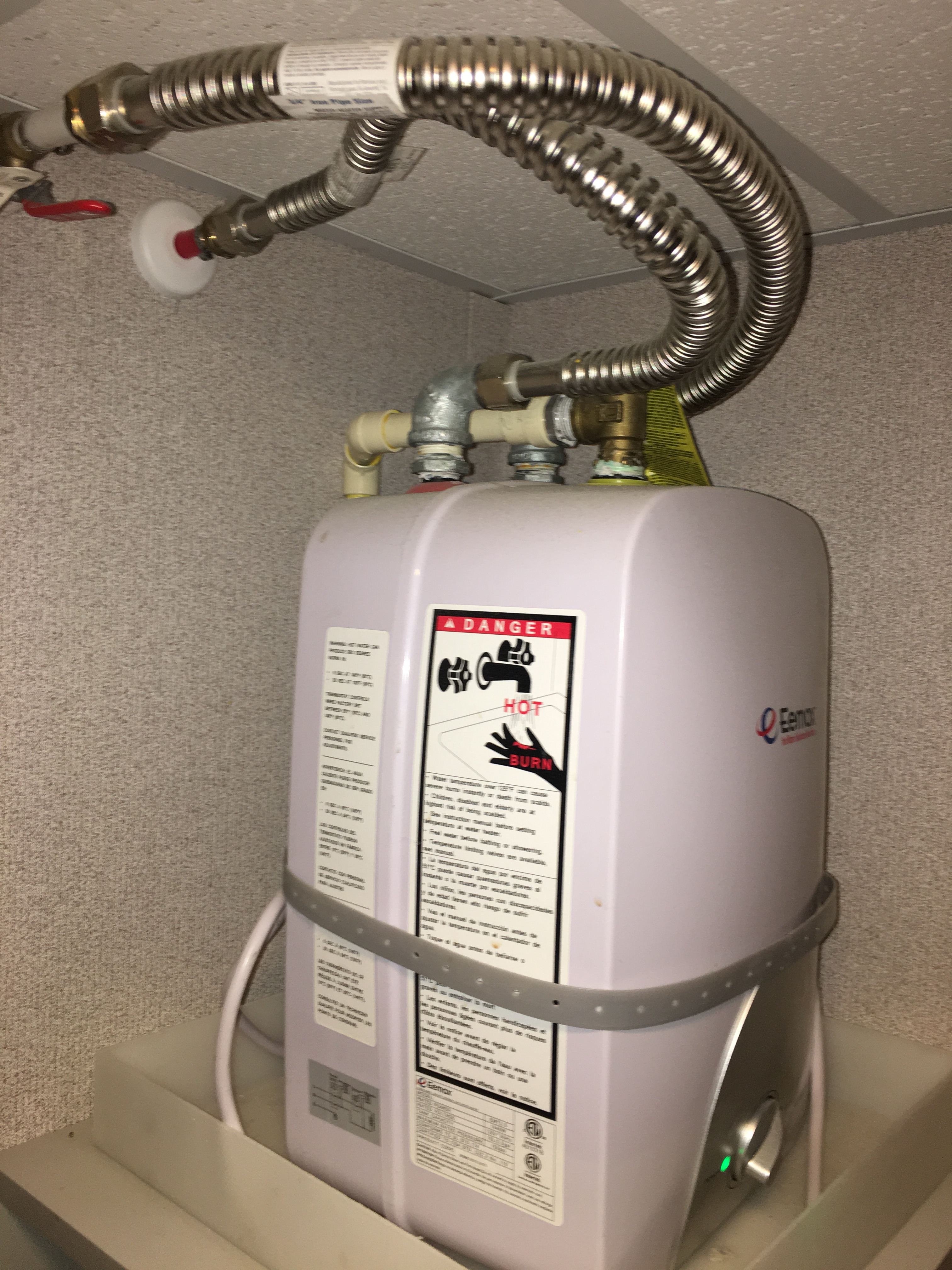
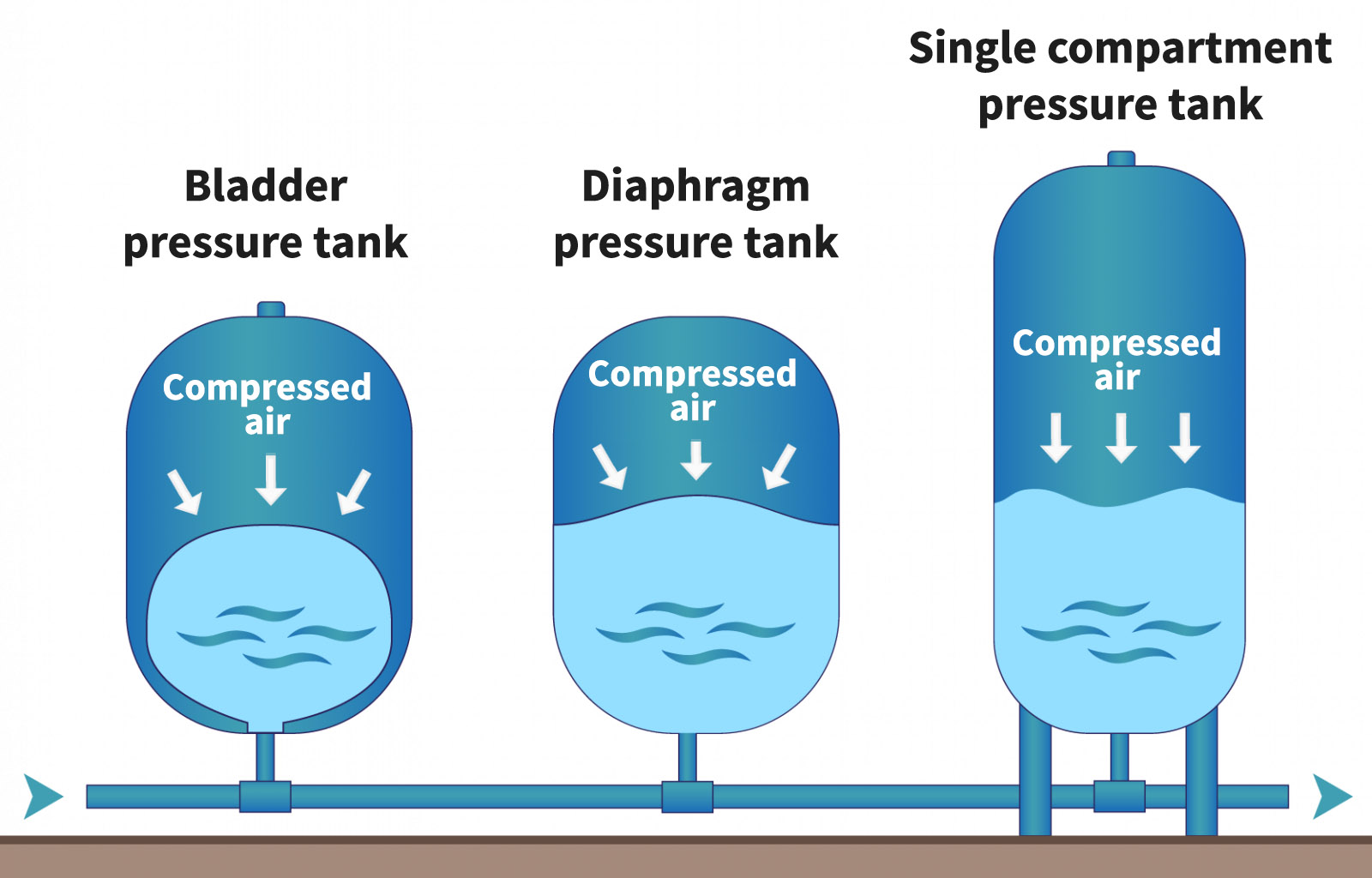


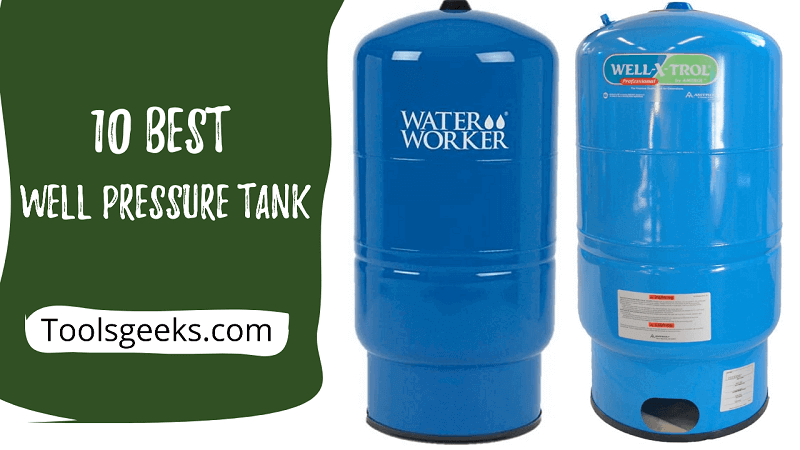

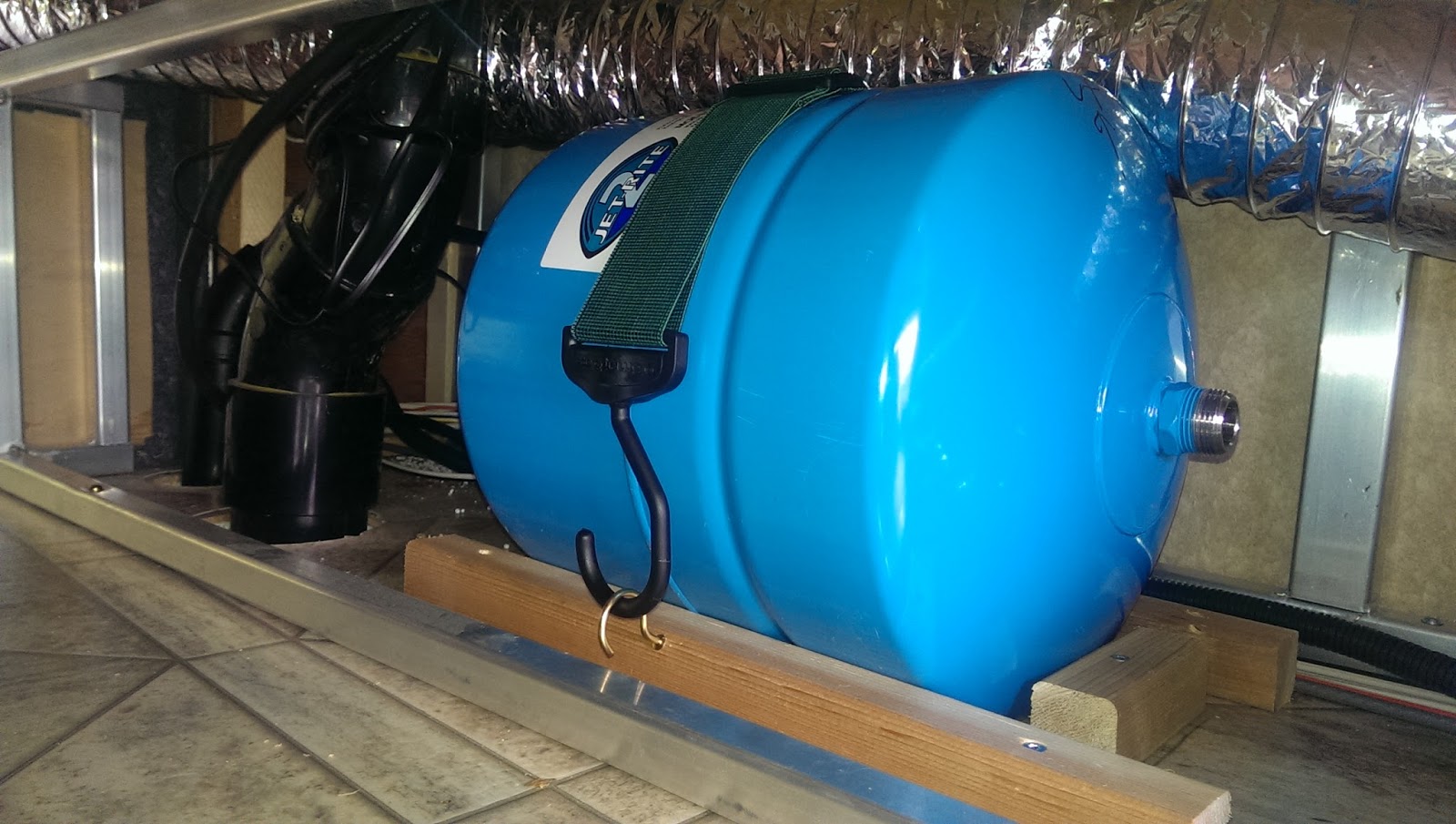




/GettyImages-1206150622-1c297aabd4a94f72a2675fc509306457.jpg)
